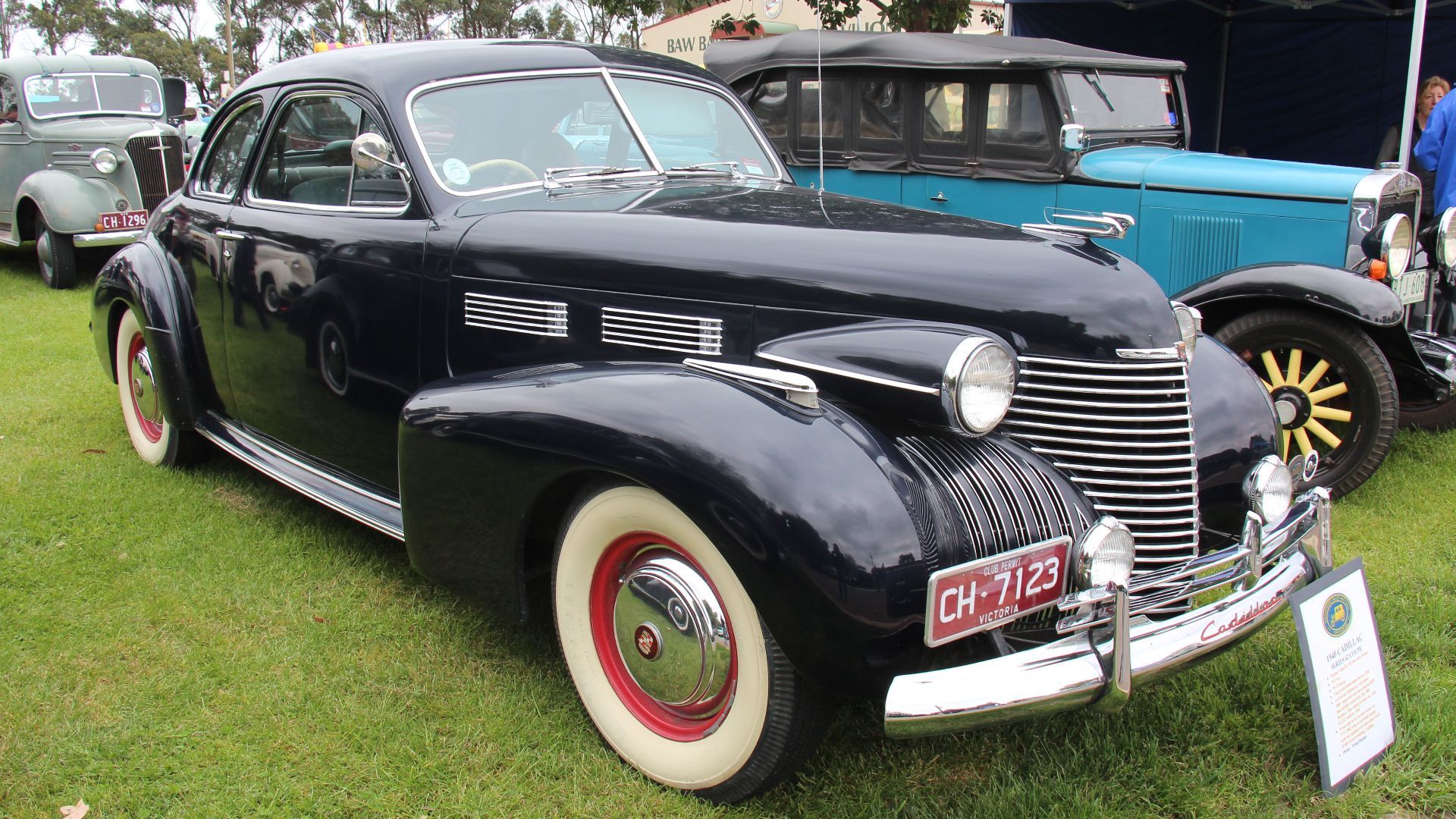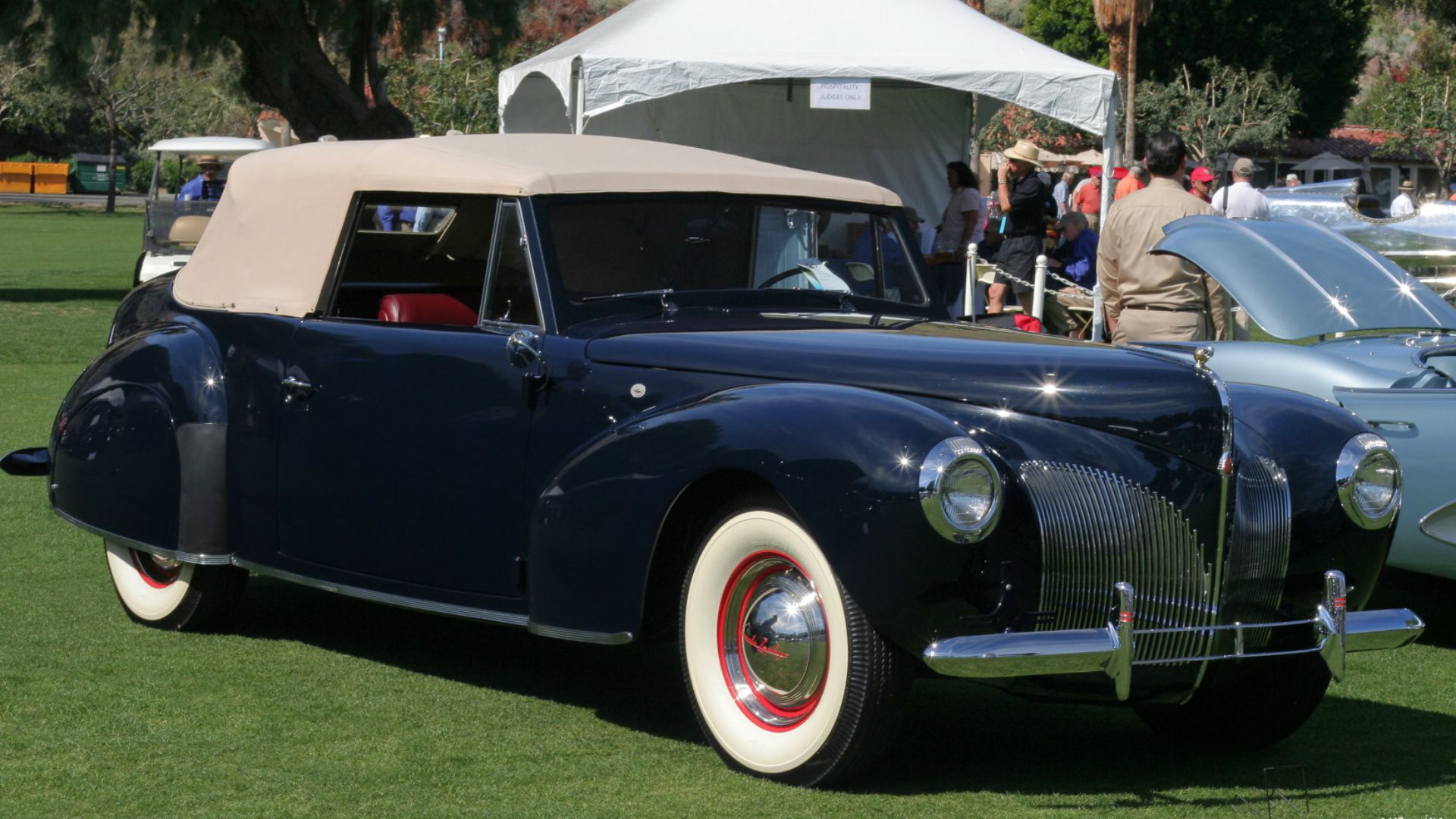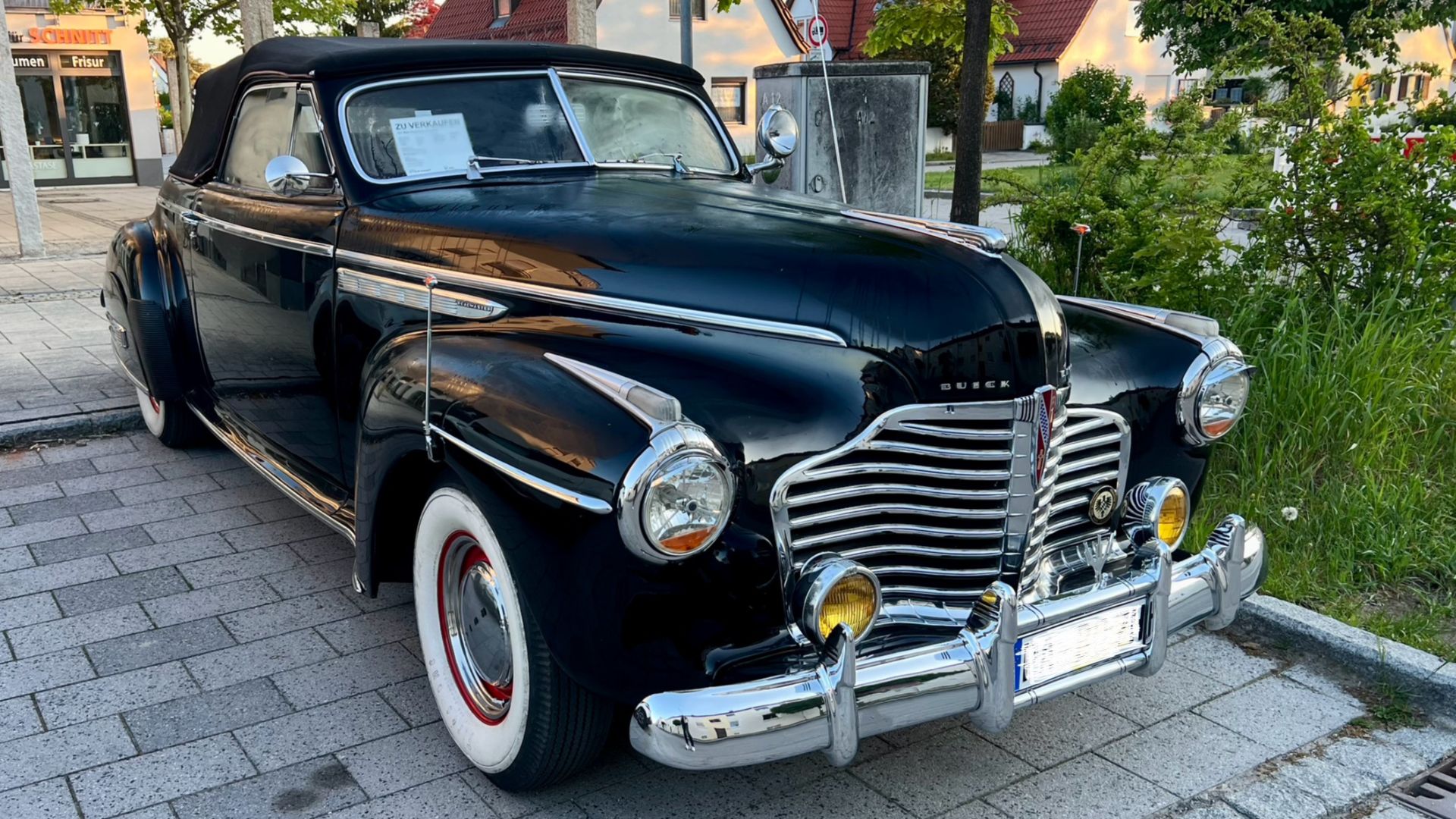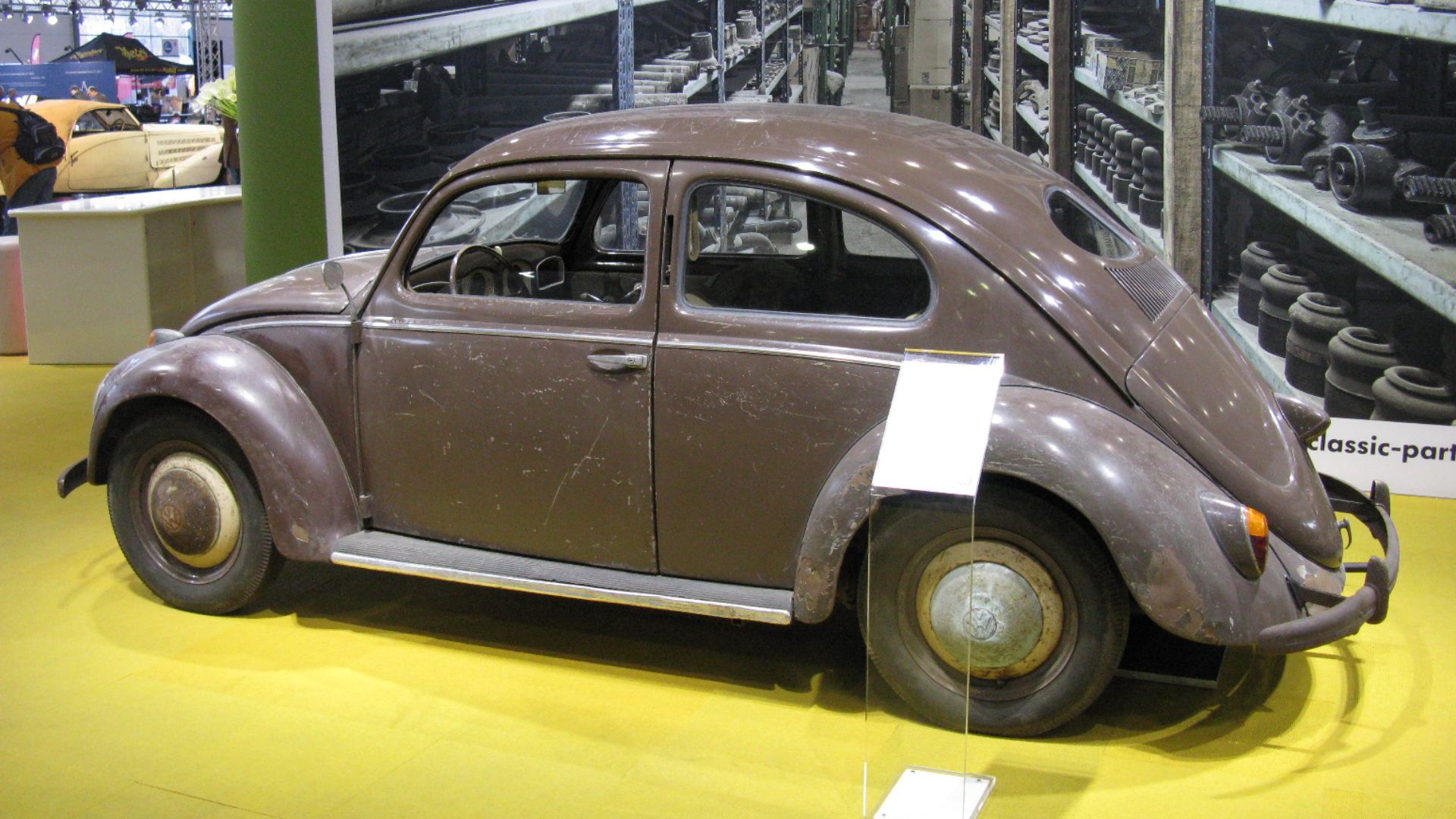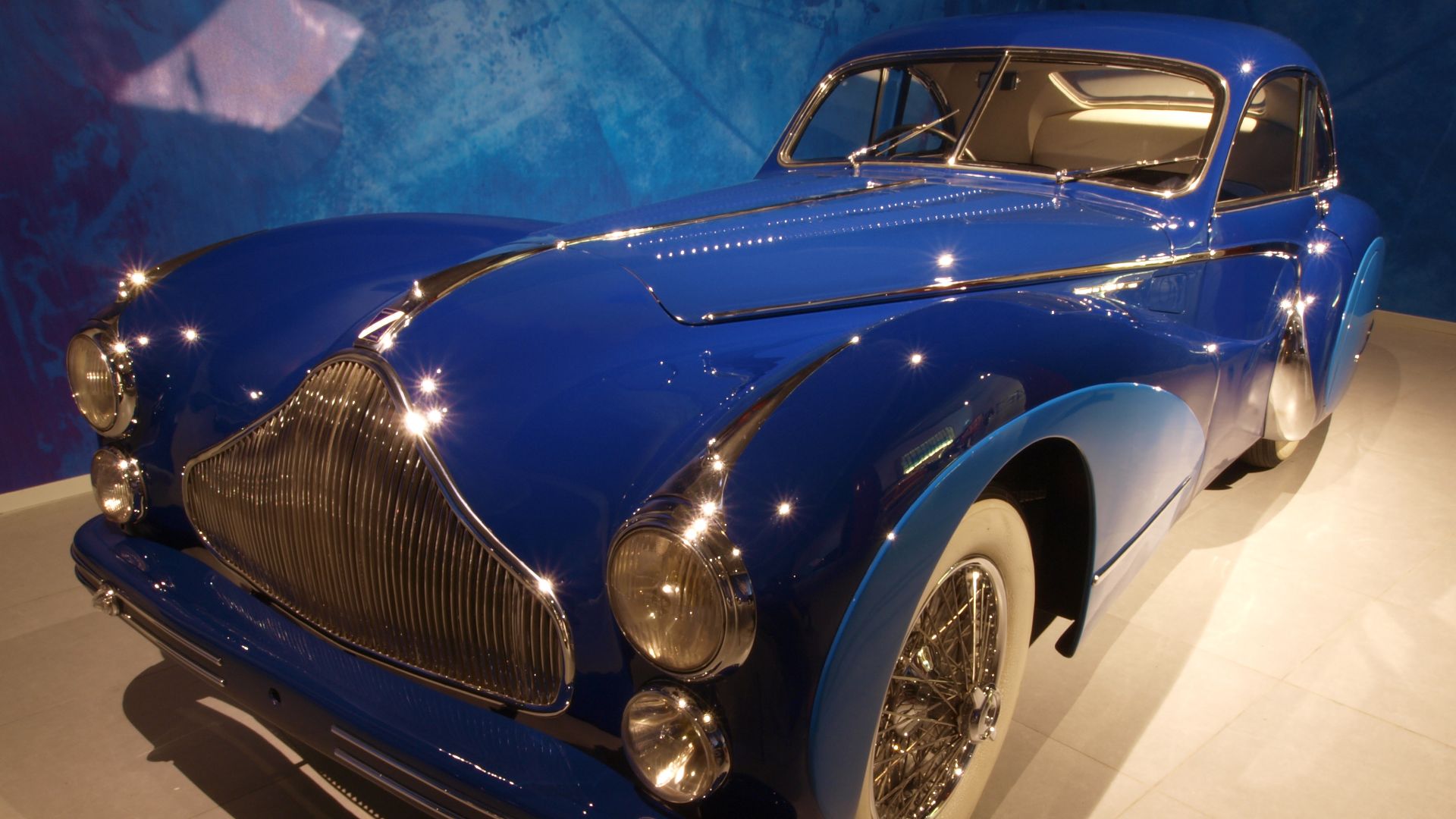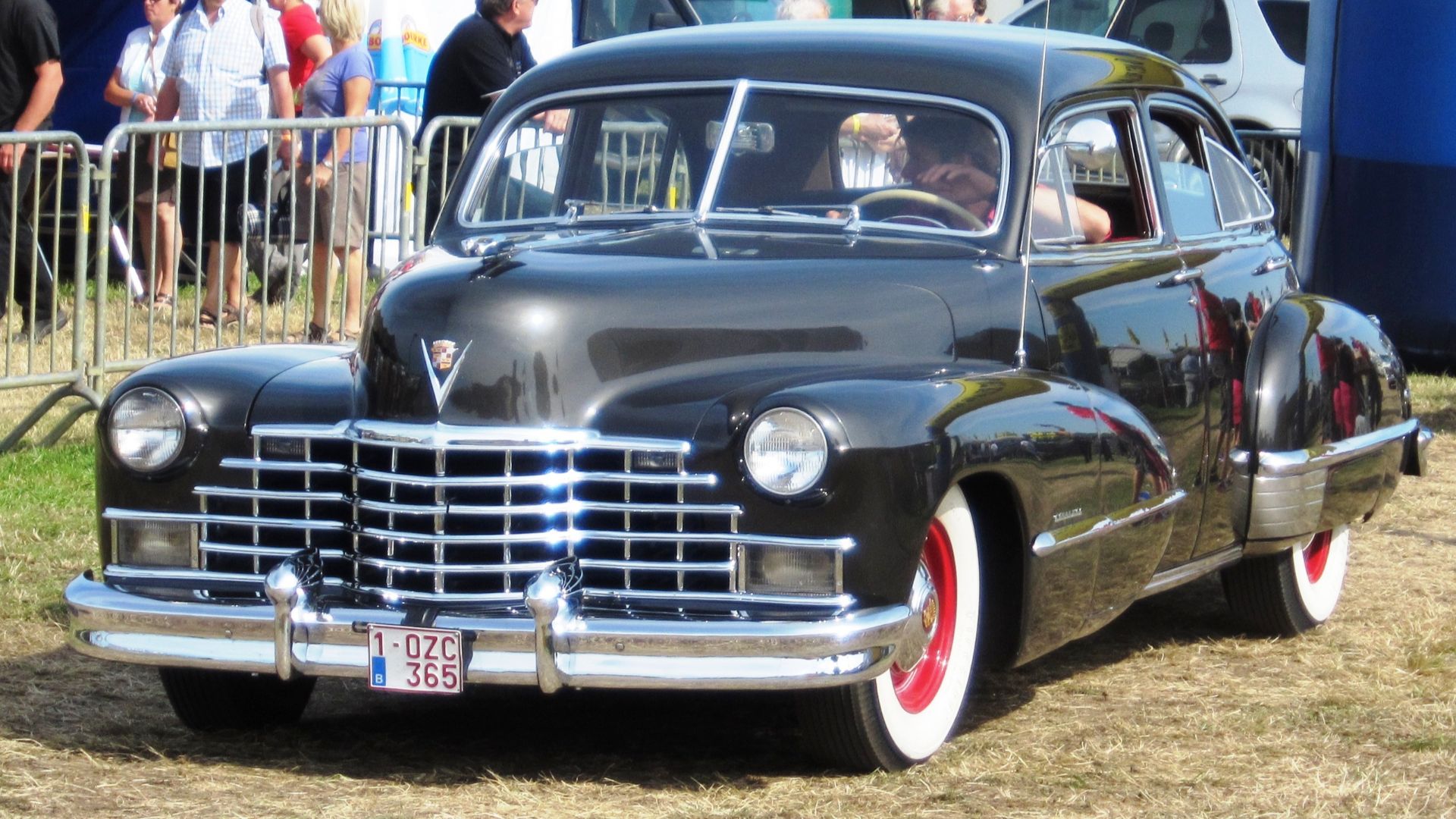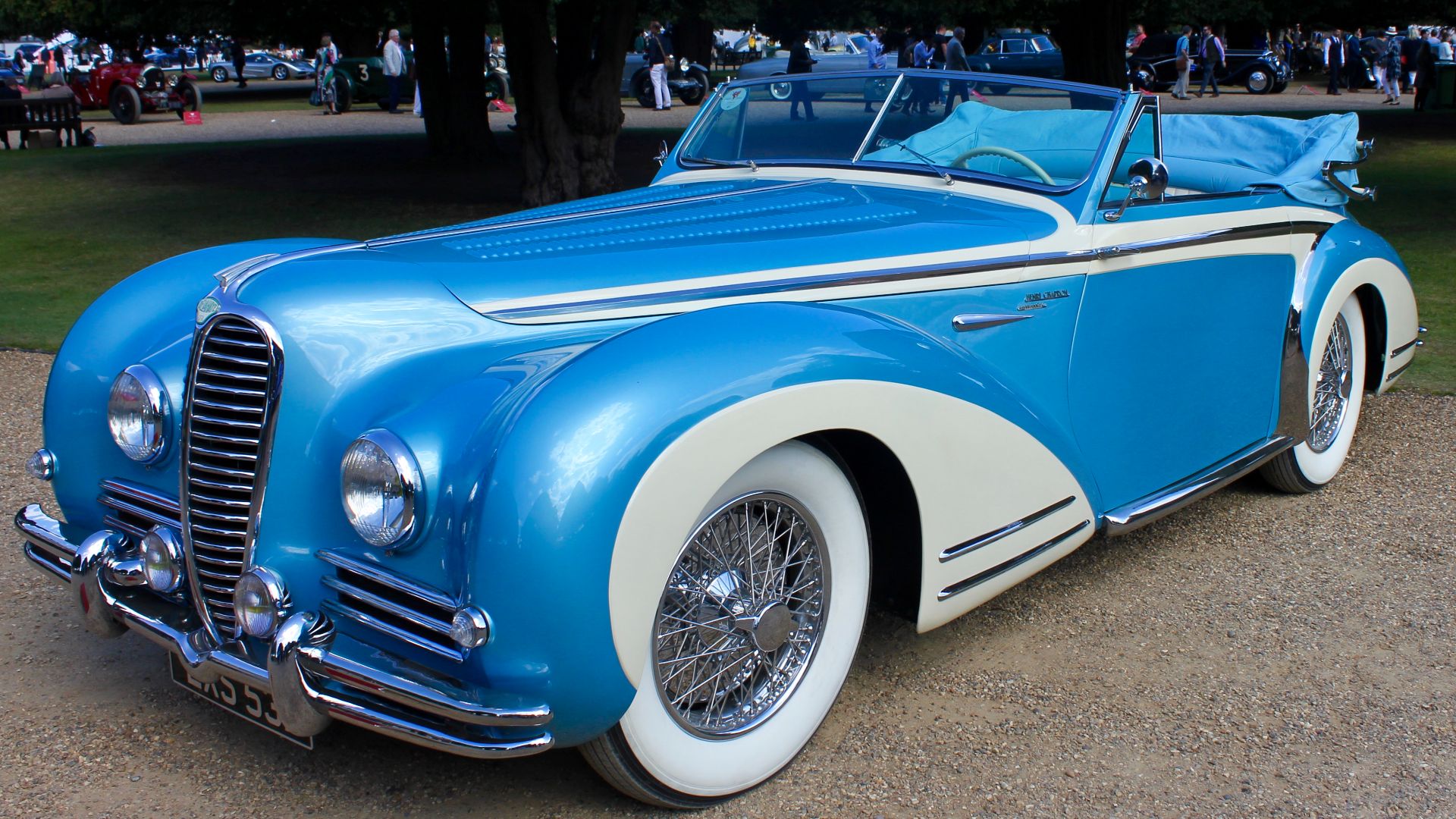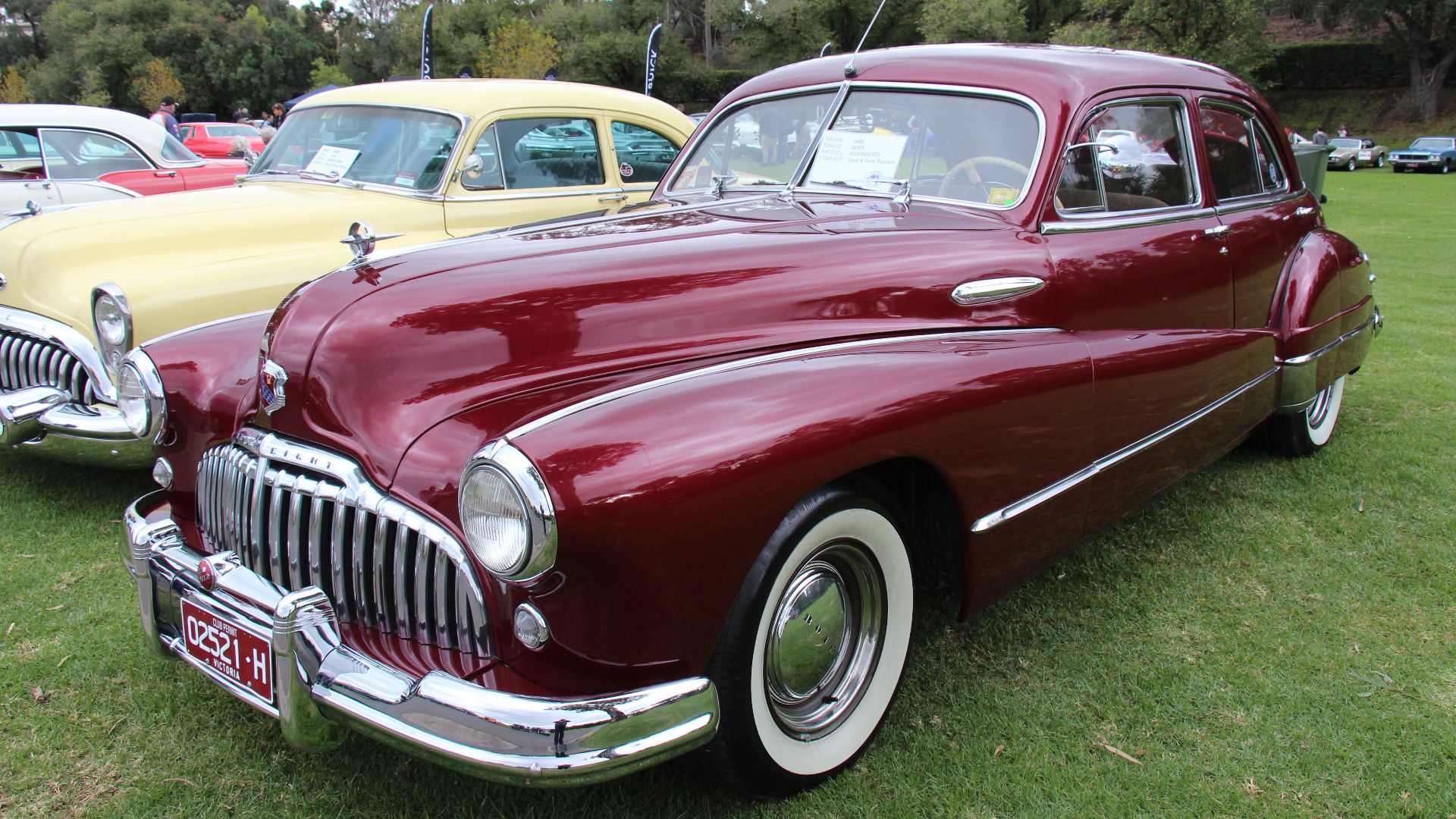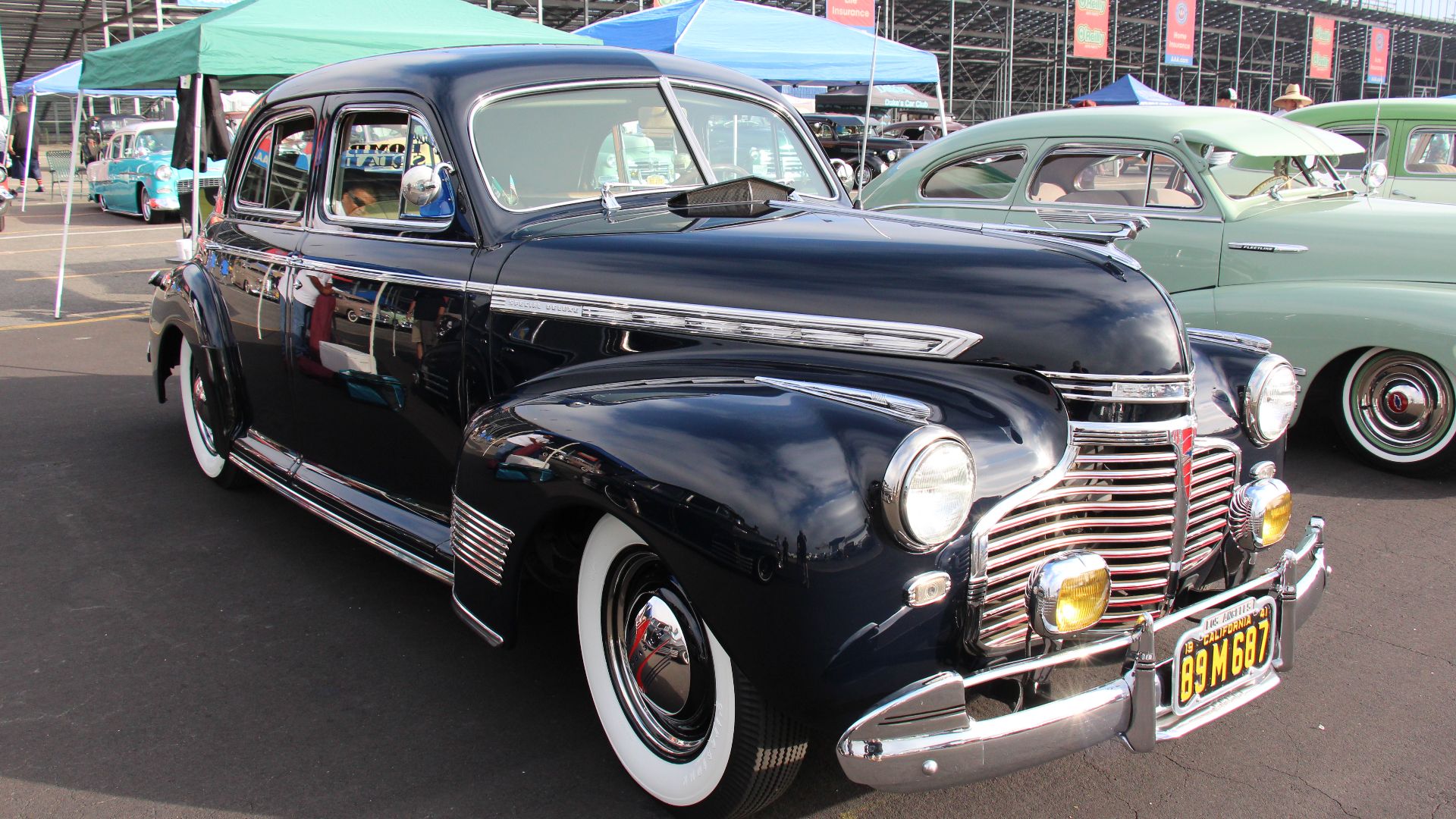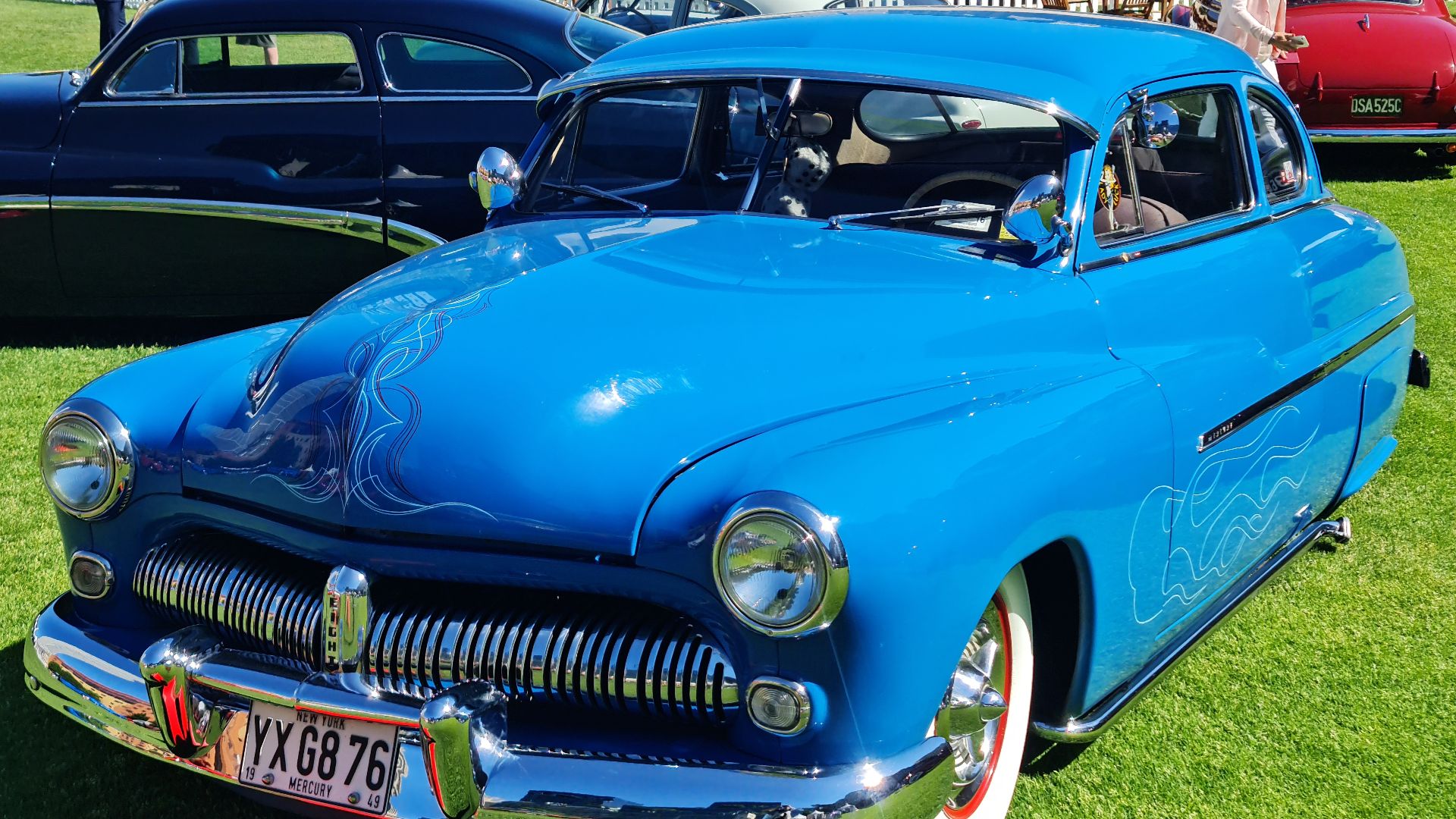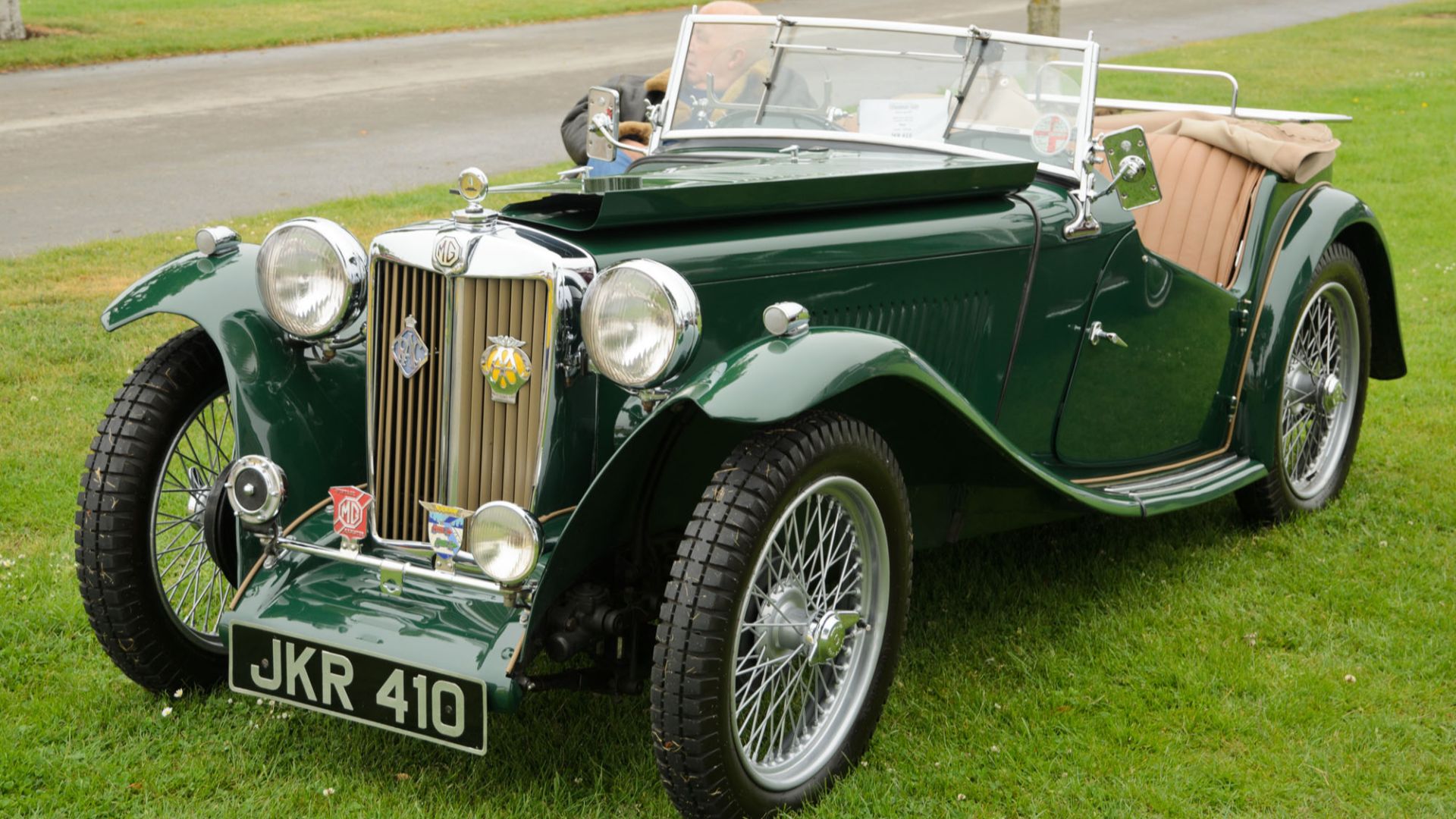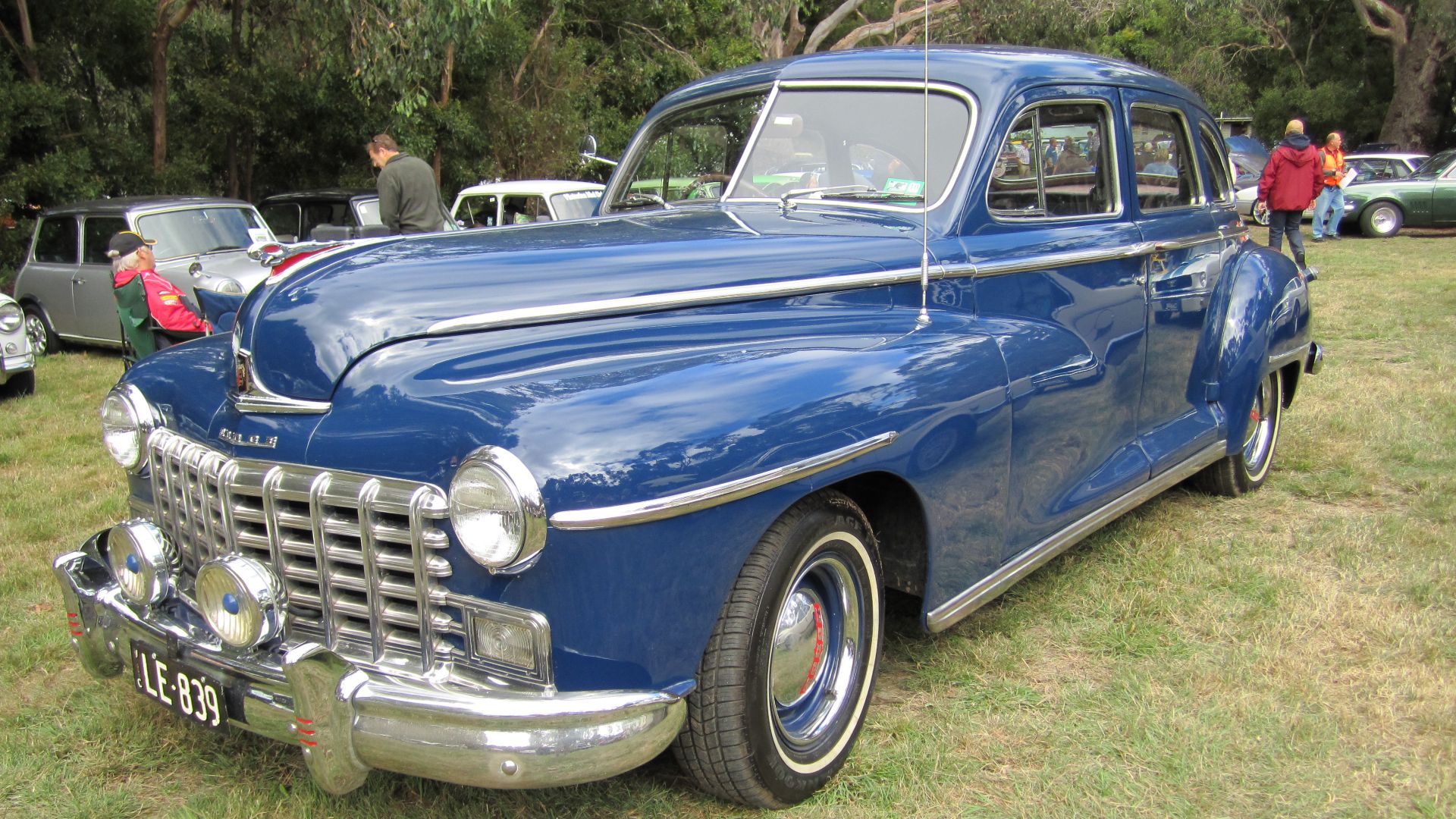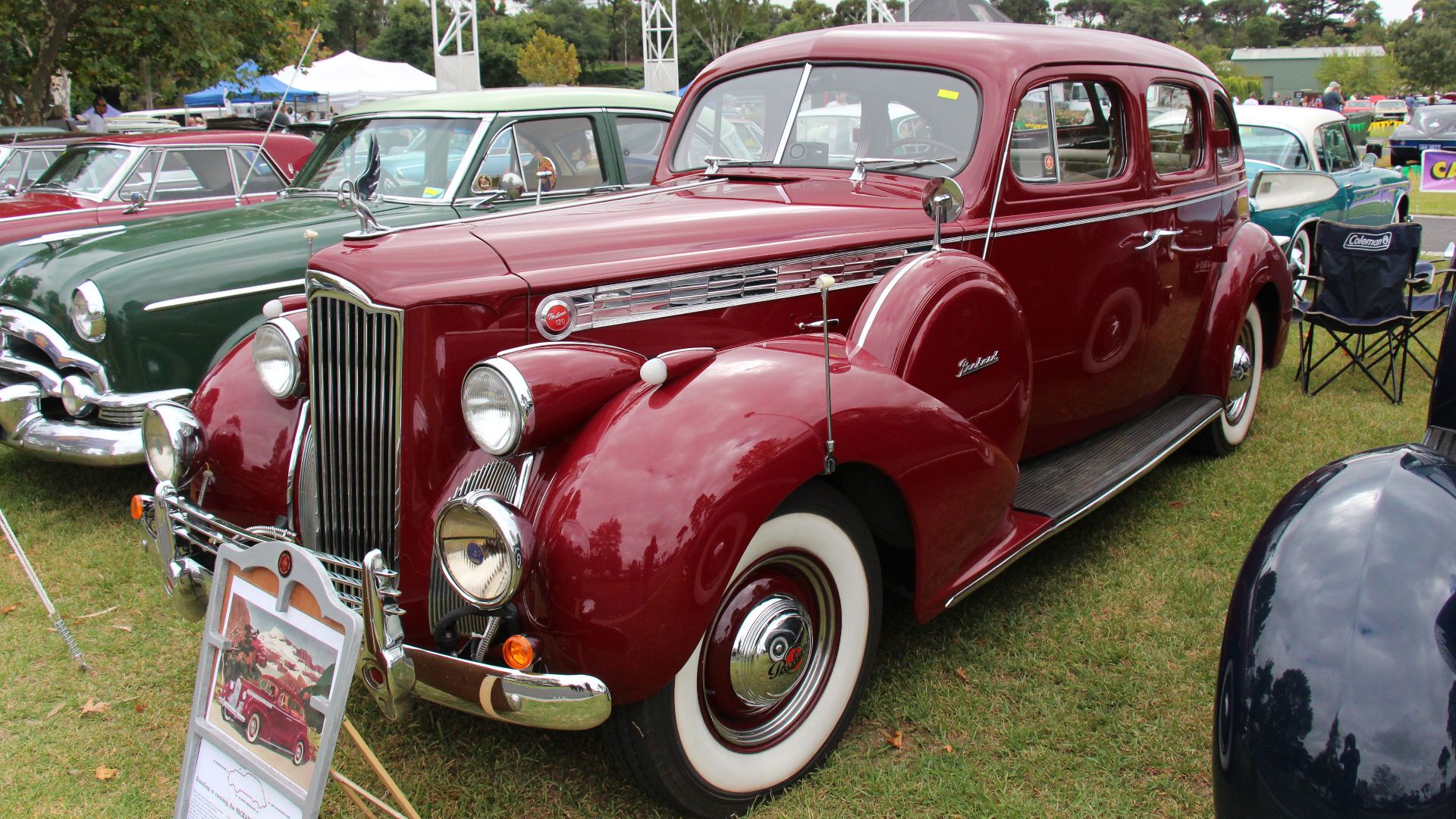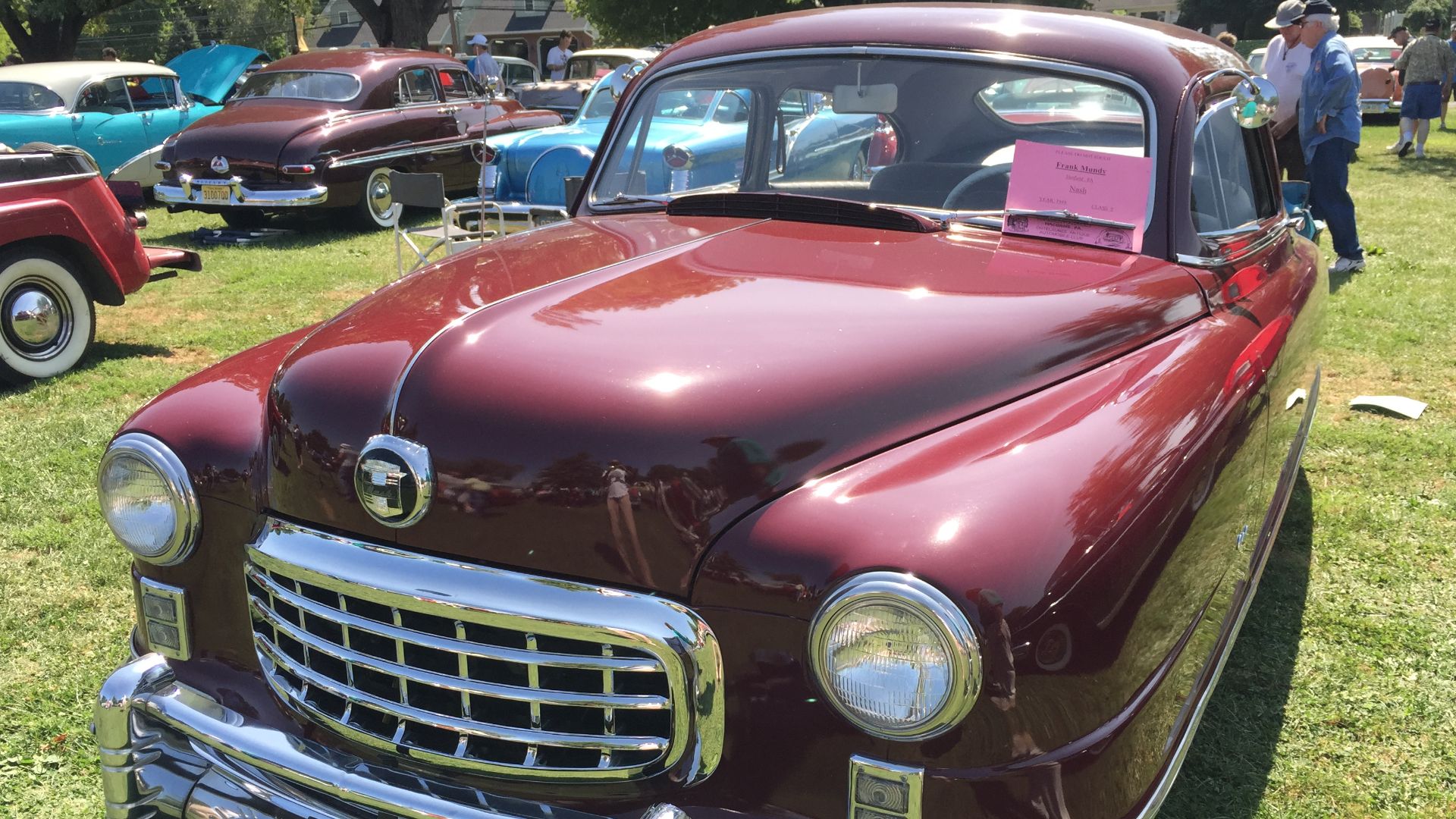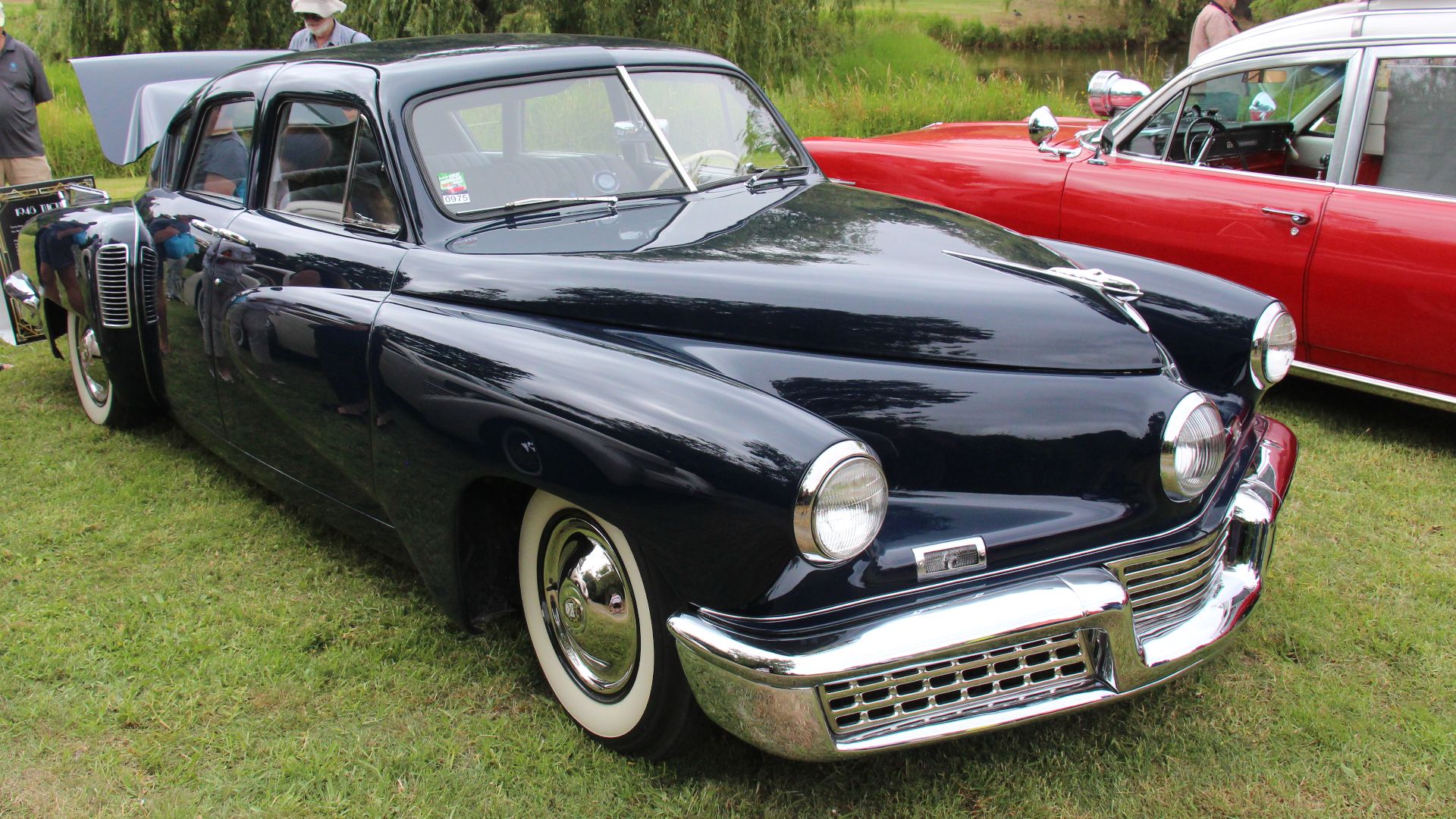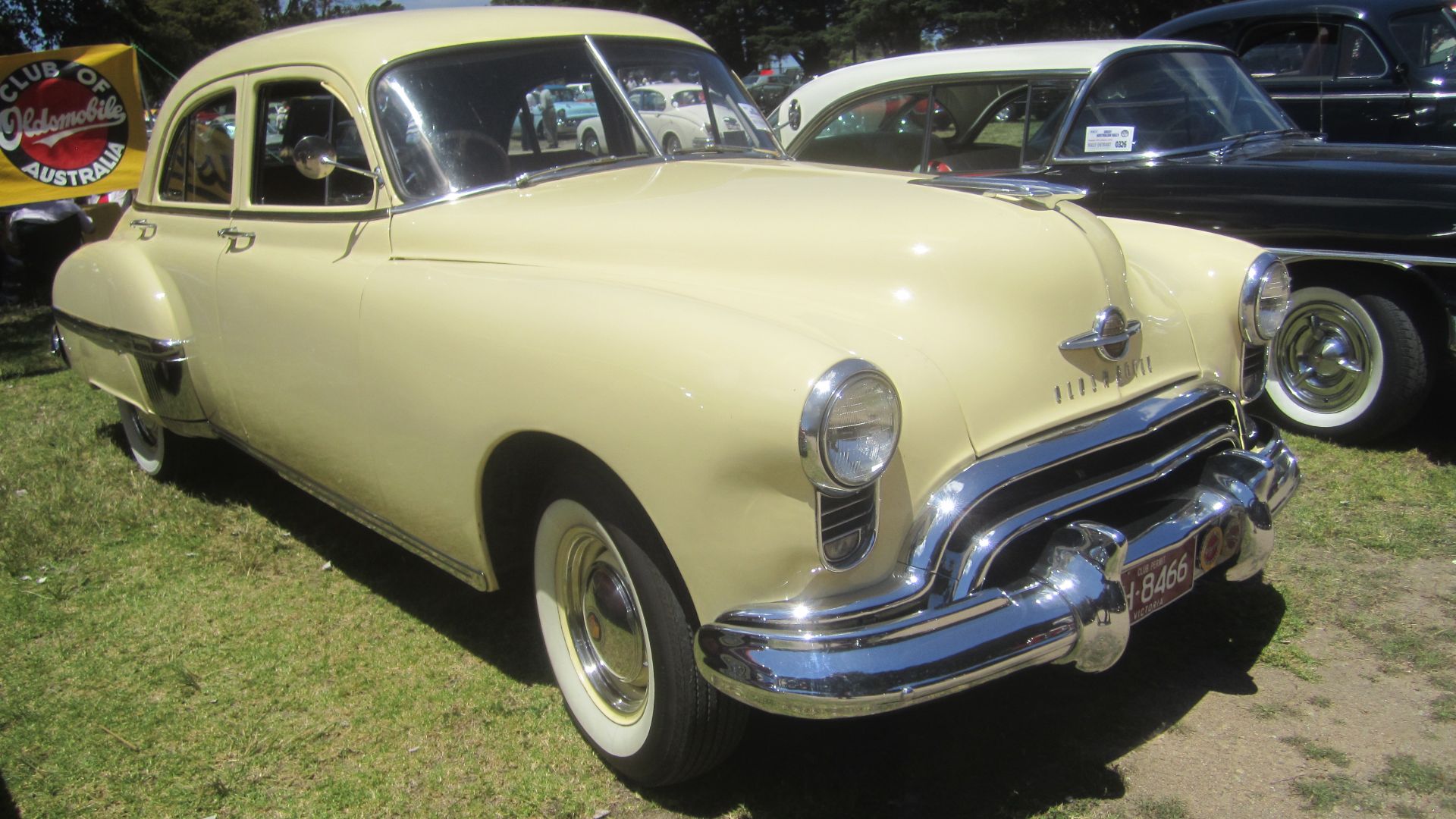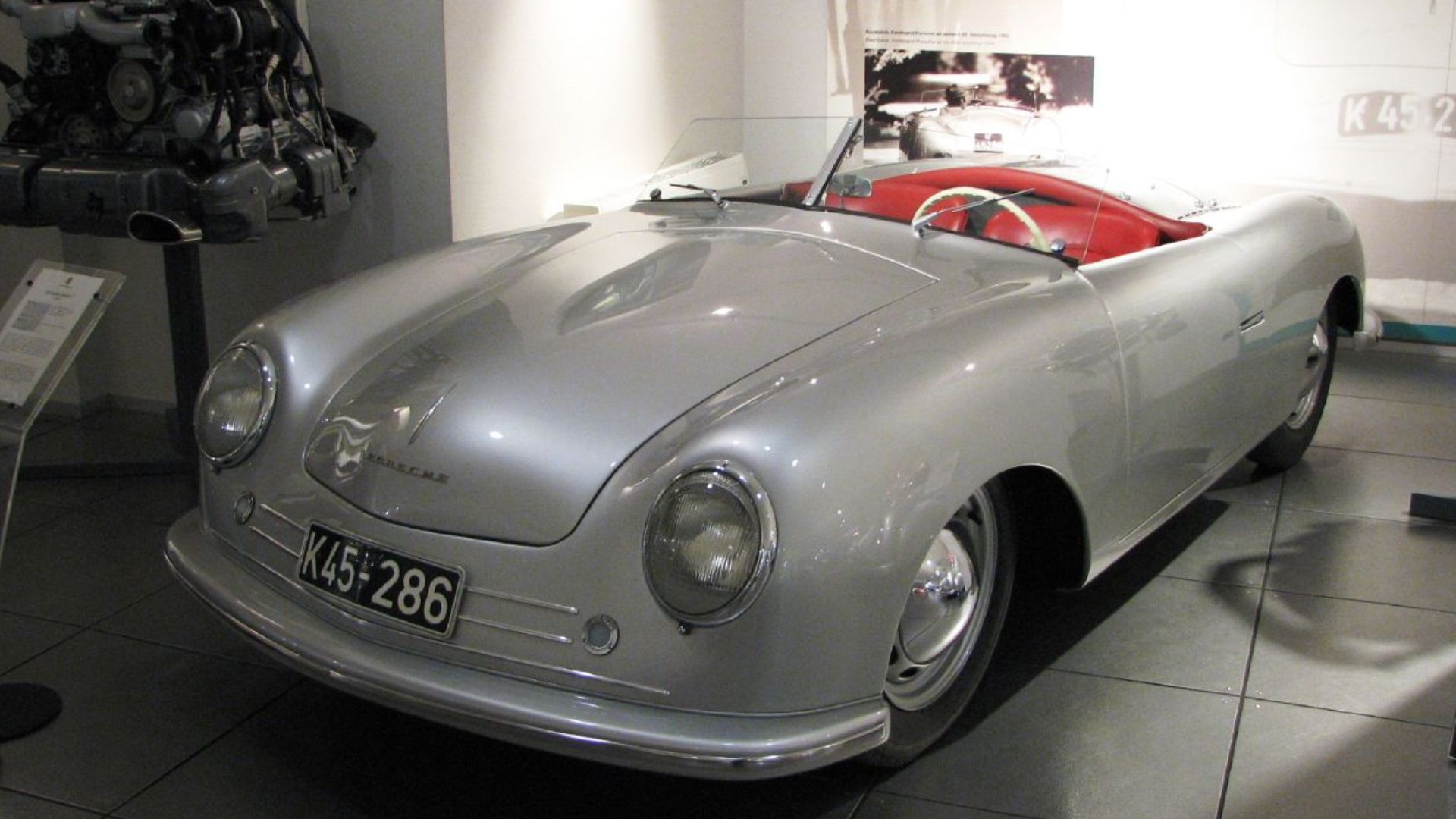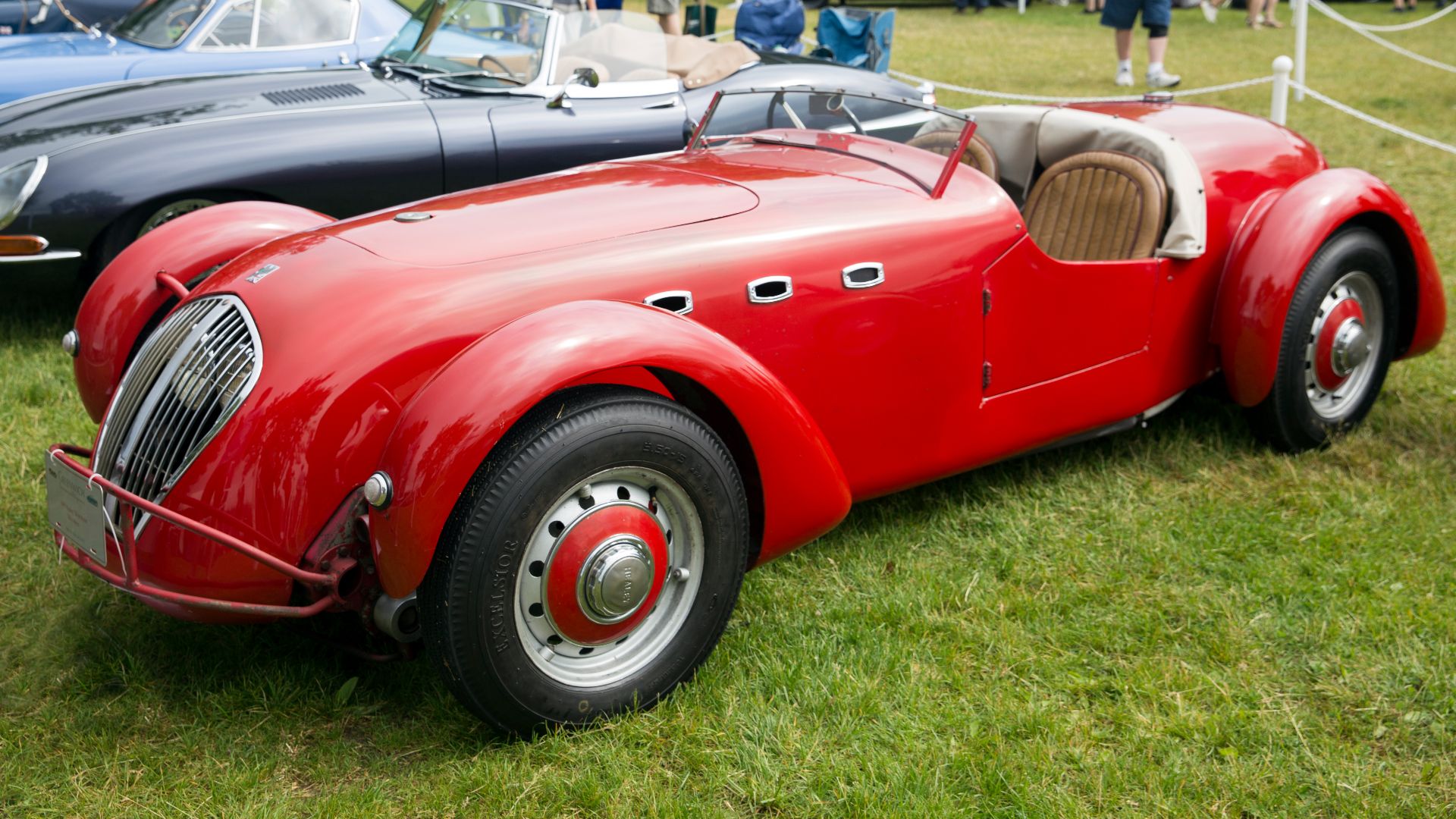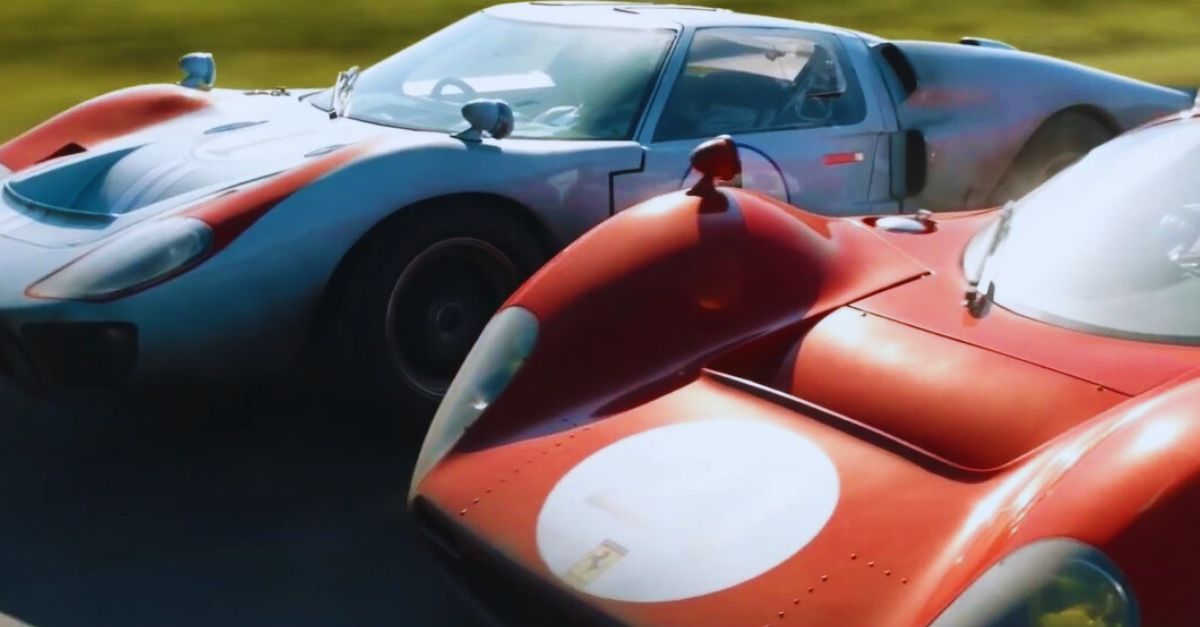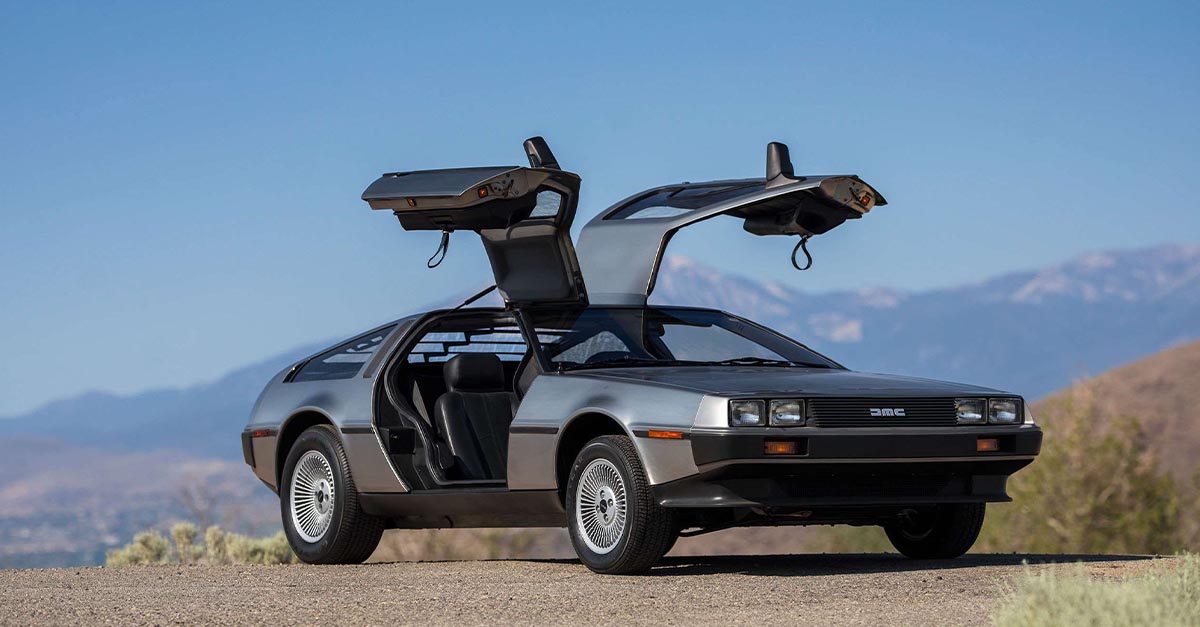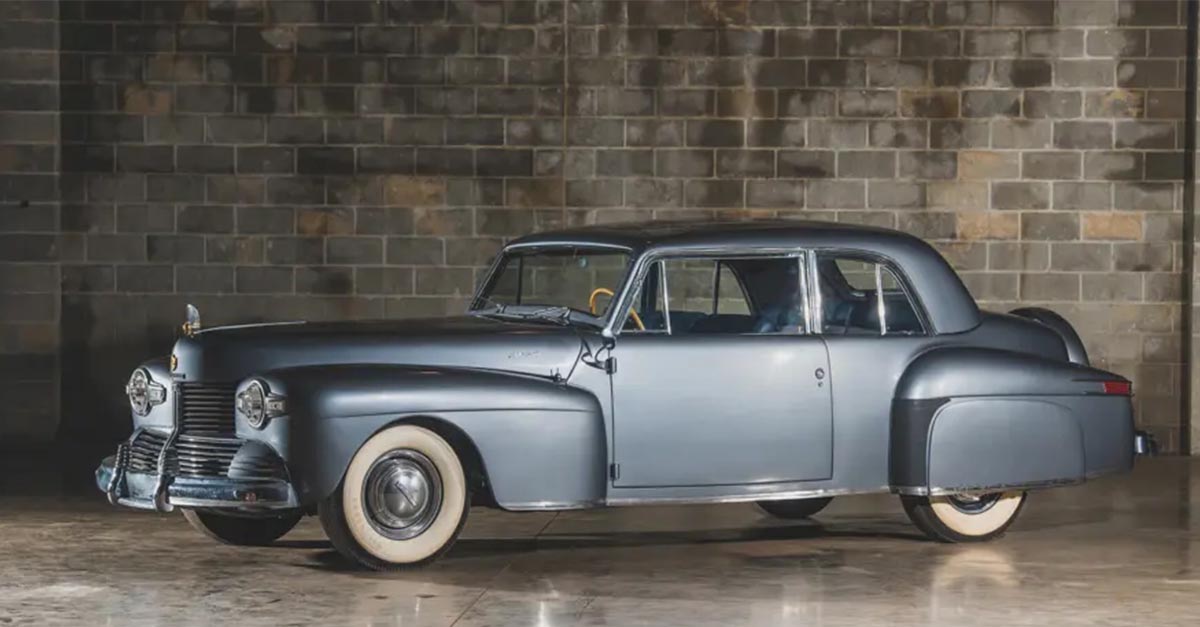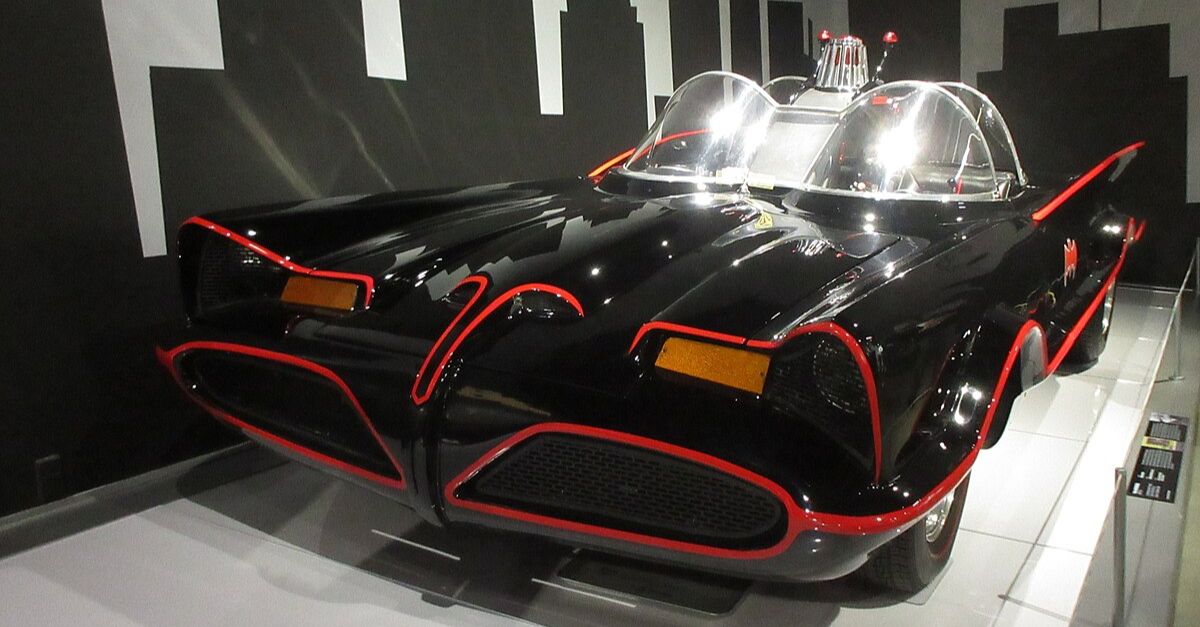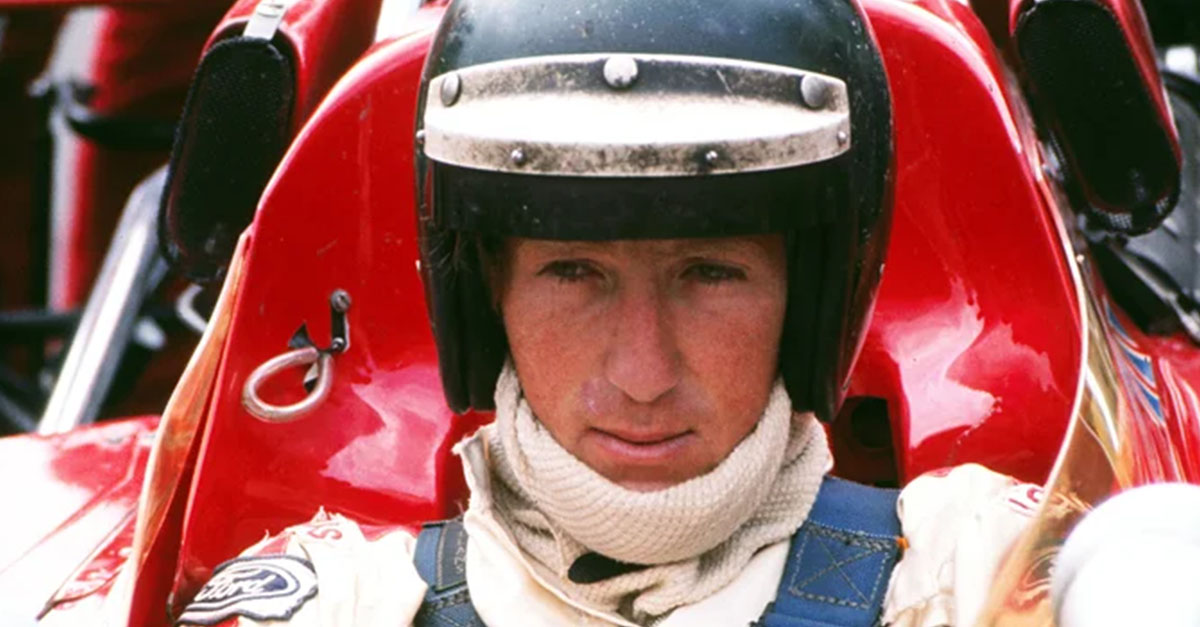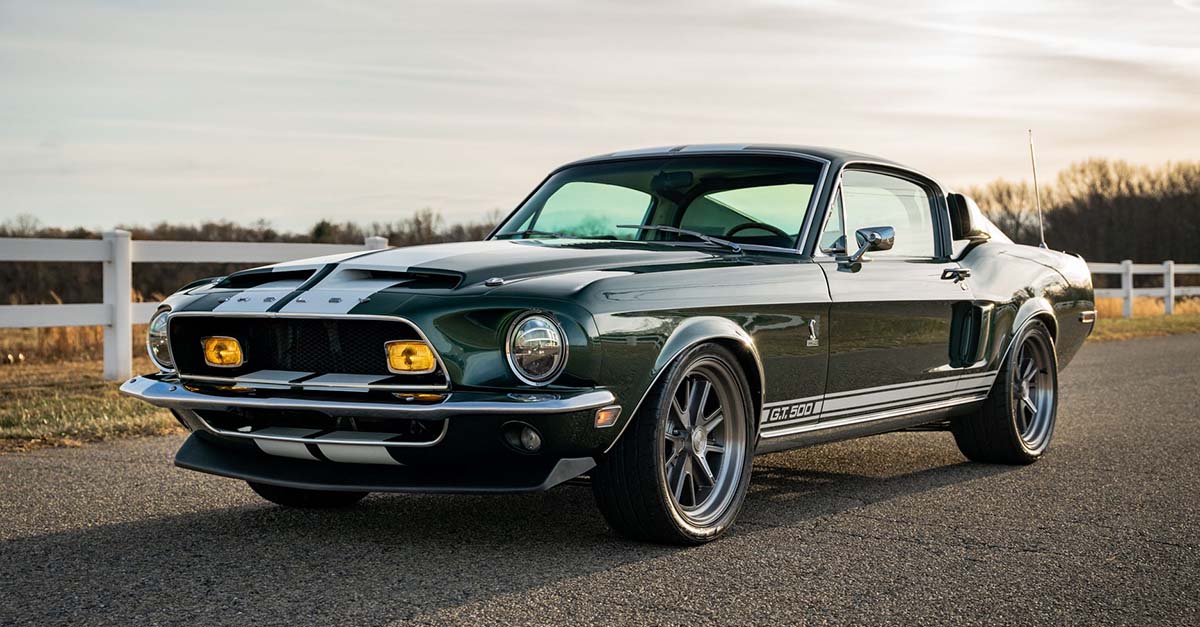Timeless Style And Strength
Going back to the war-filled era, classic cars from the 40s burst with style and strength. They were all about unique designs, solid, consistent performance, and lasting charm that still amazes us today.
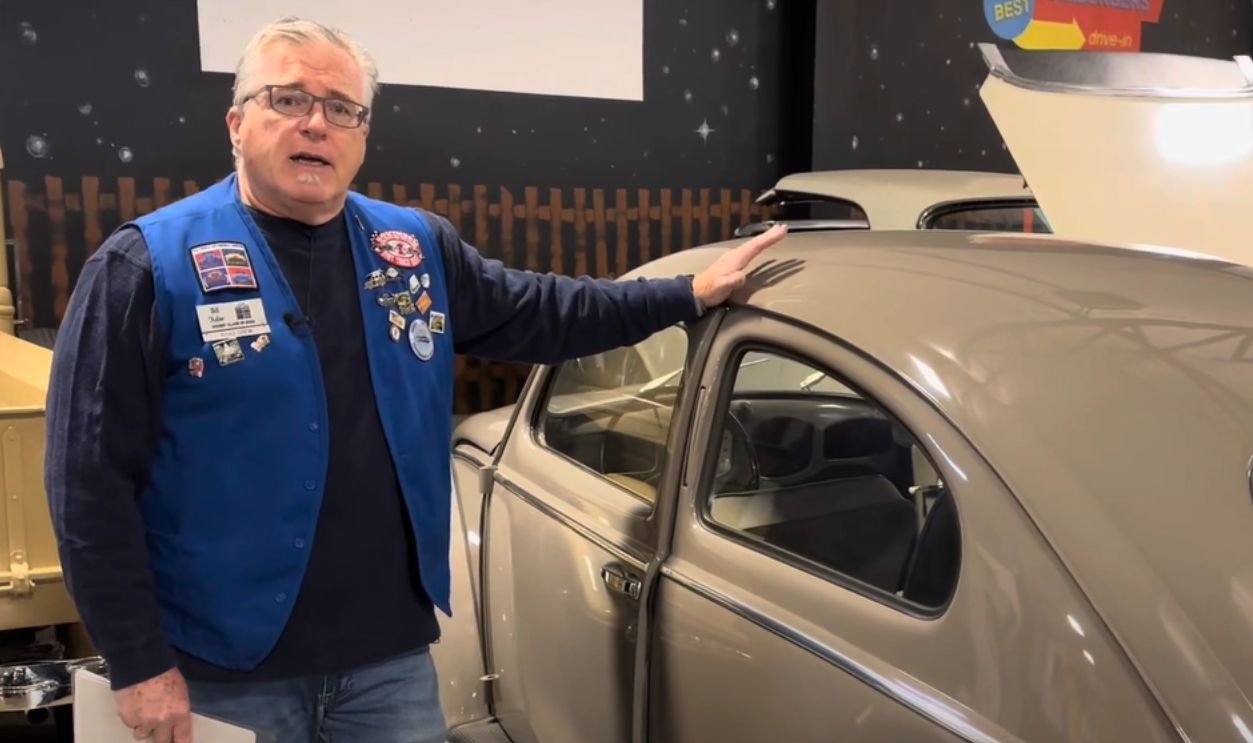
1940 Cadillac Series 62
Introduced in 1940, the Cadillac Series 62 featured a 346 cubic-inch V8 engine producing 135 horsepower and a refined grille design with heavier bars. With its sleek torpedo-style body, it set new luxury standards for Cadillac and remains a sought-after model among collectors.
1947 Rolls-Royce Phantom III Labourdette Vutotal Cabriolet
The Rolls-Royce Phantom III Labourdette Vutotal Cabriolet began as a standard Phantom III before being re-bodied in 1947 by Parisian designer Labourdette. This transformation became his most remarkable creation and resulted in a truly breathtaking masterpiece.
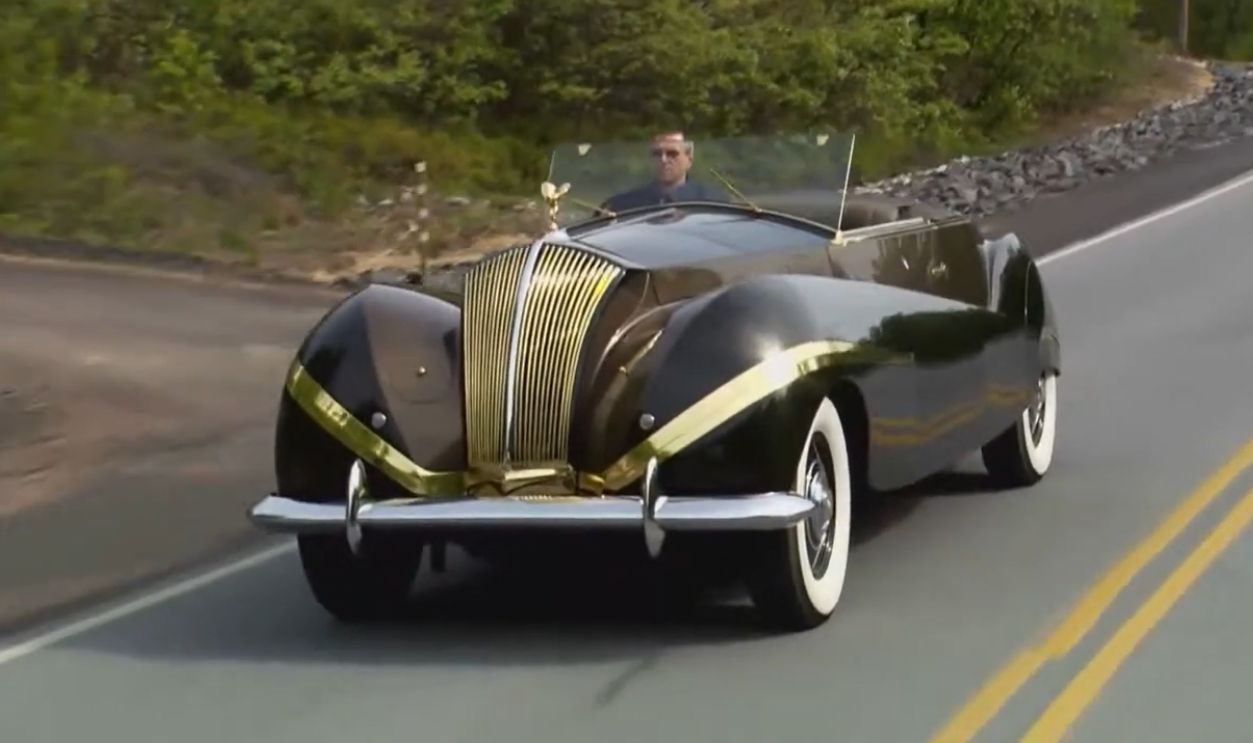 1947 - Rolls - Royce Phantom III Labourdette Vutotal Cabriolet. by AUTO PREMIERA
1947 - Rolls - Royce Phantom III Labourdette Vutotal Cabriolet. by AUTO PREMIERA
1940 Lincoln Continental
Its elegant styling and smooth handling made it a prestigious luxury car. The 1940 Lincoln Continental had a 292 cubic-inch V12 engine on the Lincoln-Zephyr chassis with a 125-inch wheelbase. Designed for Edsel Ford, it introduced a long hood and the iconic rear-mounted spare.
1948 Jaguar XK120
Known for its stunning design and high-performance engine, the XK120 was the world's fastest production car at its debut. It propelled Jaguar to international fame and redefined the benchmark for sports cars.
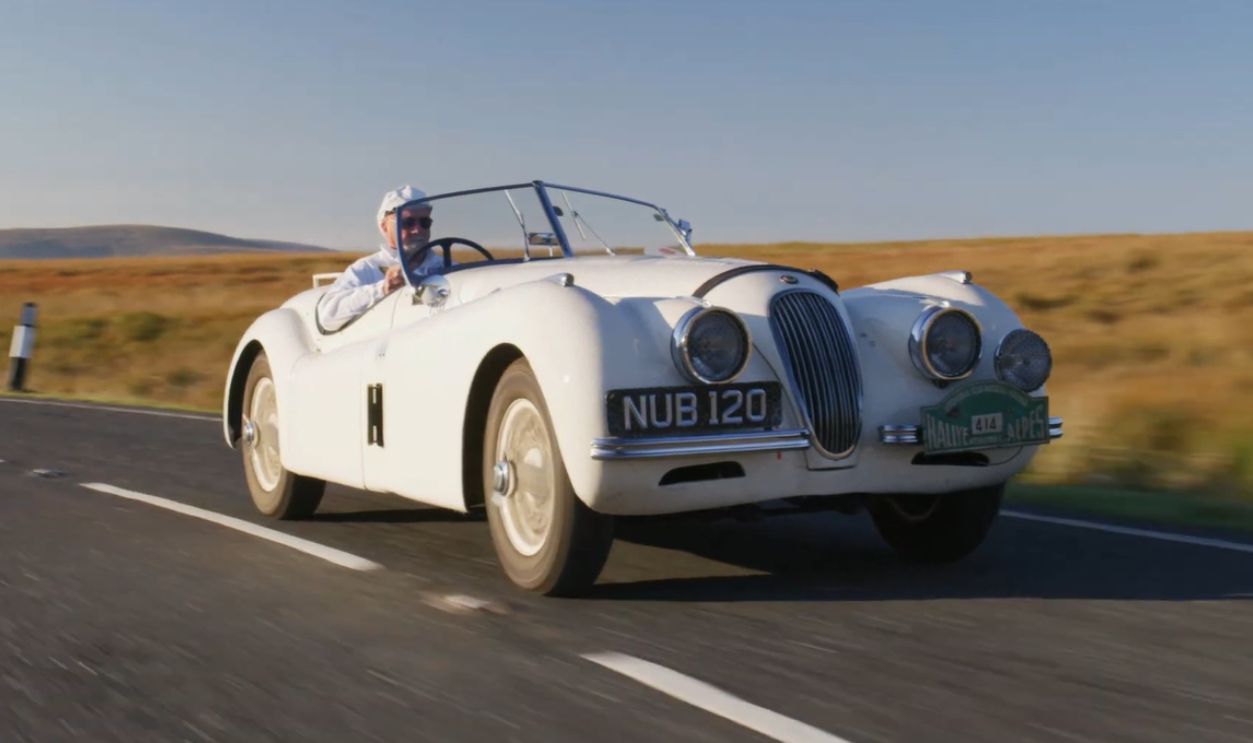 1948 Jaguar XK120 by The Wheel Network
1948 Jaguar XK120 by The Wheel Network
1941 Cadillac Series 62
The Cadillac Series 62 had a 346 cubic-inch V8 engine generating 150 horsepower. Its new C-body design provided extra interior space, while its modern torpedo-style body and chrome accents enhanced luxury. Strong sales cemented its status as a top choice among premium automobiles.
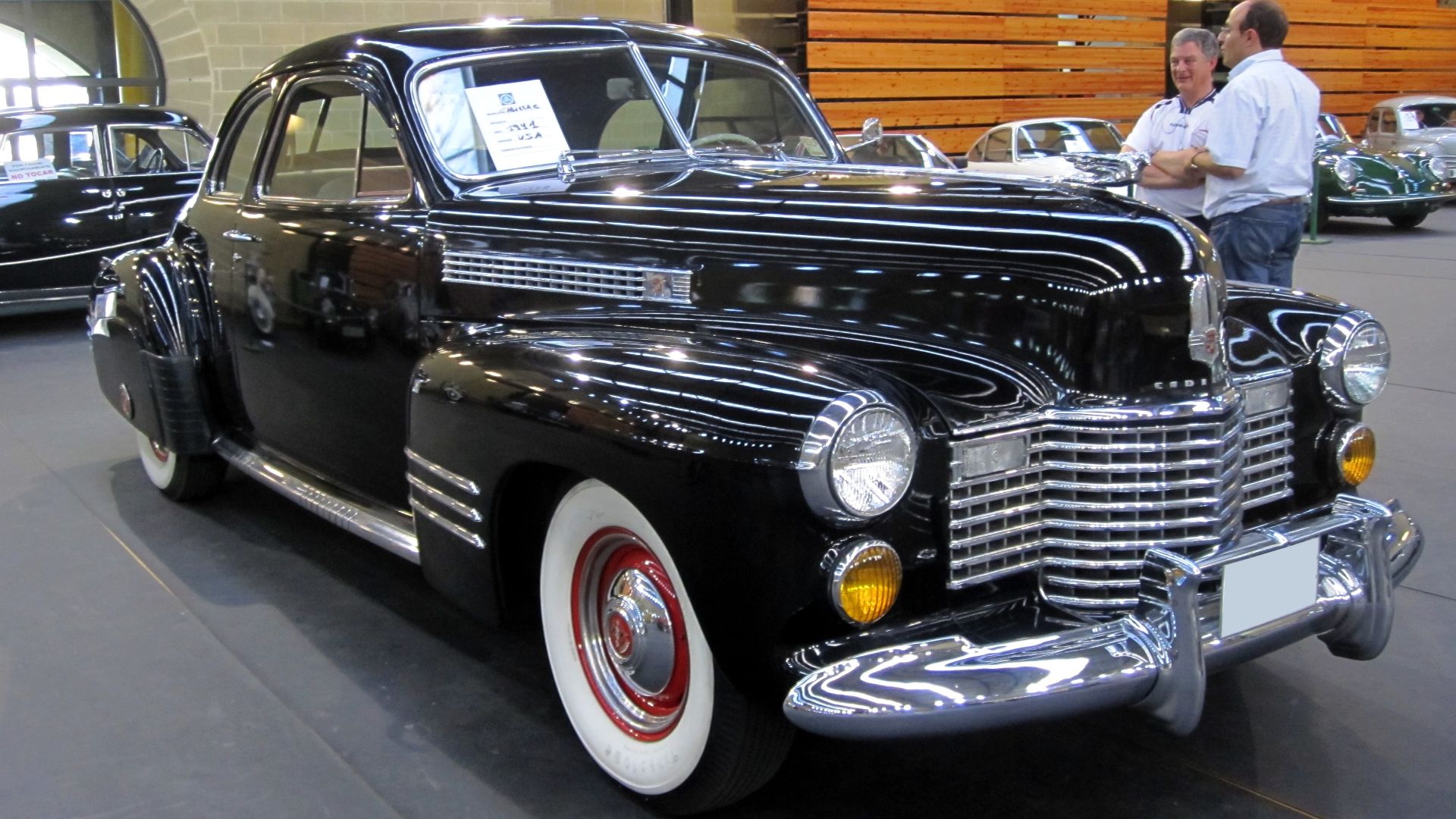 Spanish Coches, Wikimedia Commons
Spanish Coches, Wikimedia Commons
1949 Ford Custom
Featuring a distinctive “shoebox” design, the 1949 Ford Custom represented a significant shift in American automotive styling. Additionally, it introduced a new "ponton" or slab-sided design to eliminate the separate fenders and running boards of previous models.
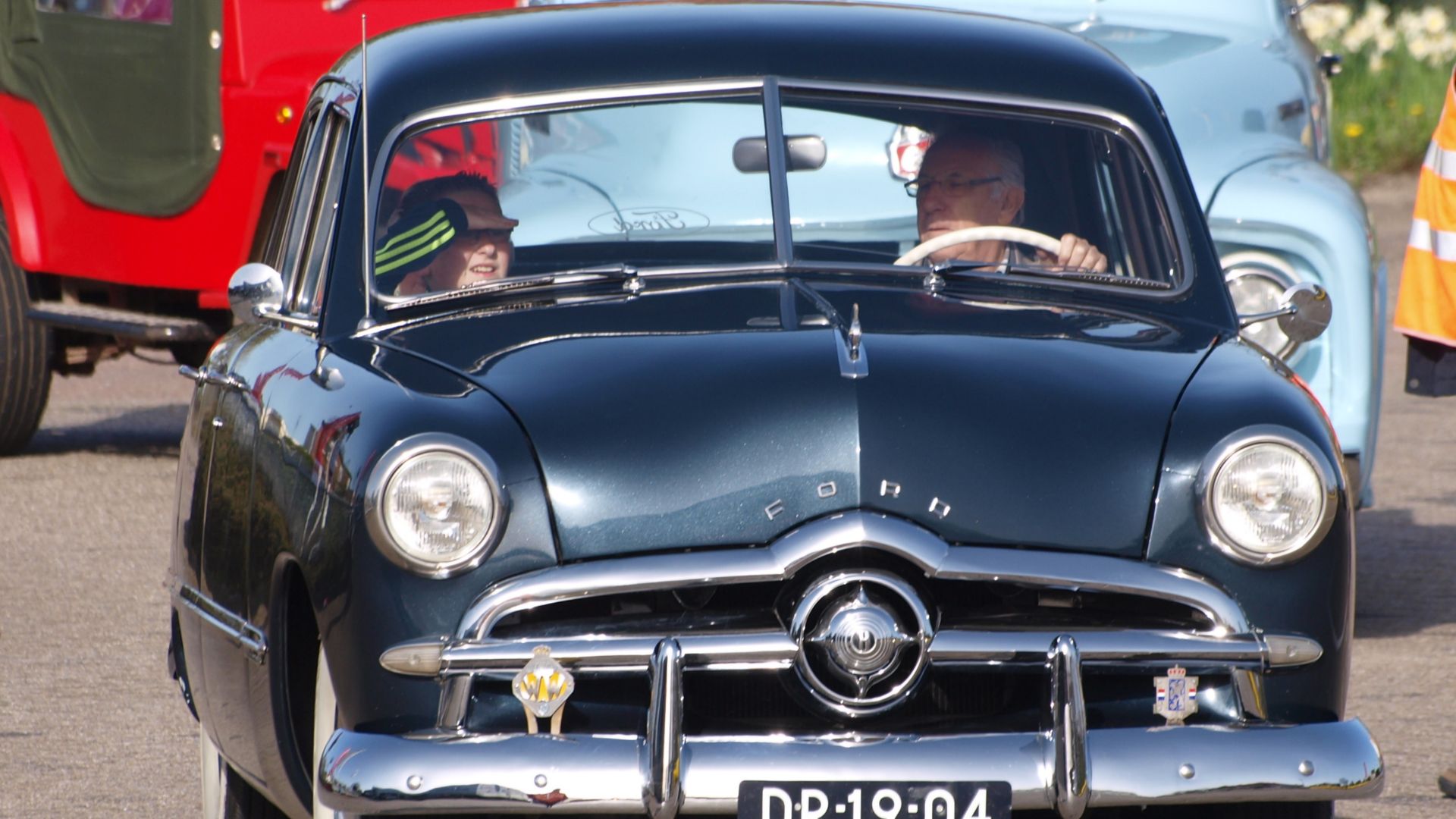 Alf van Beem, Wikimedia Commons
Alf van Beem, Wikimedia Commons
1941 Buick Roadmaster
The 1941 Buick Roadmaster contained a 320 cubic-inch straight-eight engine and a modern torpedo C-body design, offering a spacious interior by eliminating running boards. Its innovative Compound Carburetion system enhanced performance, which made it popular among American families for its smooth ride.
1941 Packard Clipper
Its modern, streamlined design, with fade-away fenders and integrated headlights, marked a departure from earlier models. The 1941 Packard Clipper featured a 282 cubic-inch inline-eight engine that produced 125 horsepower. The new double-drop frame improved ride quality and blended performance with style.
1946 Daimler DE36
The Daimler DE36 was a grand and luxurious two-door coupe that commanded attention with its limousine-like presence. Far too opulent for the average person, it was a vehicle of choice for the elite, frequently seen chauffeuring royalty and high society figures.
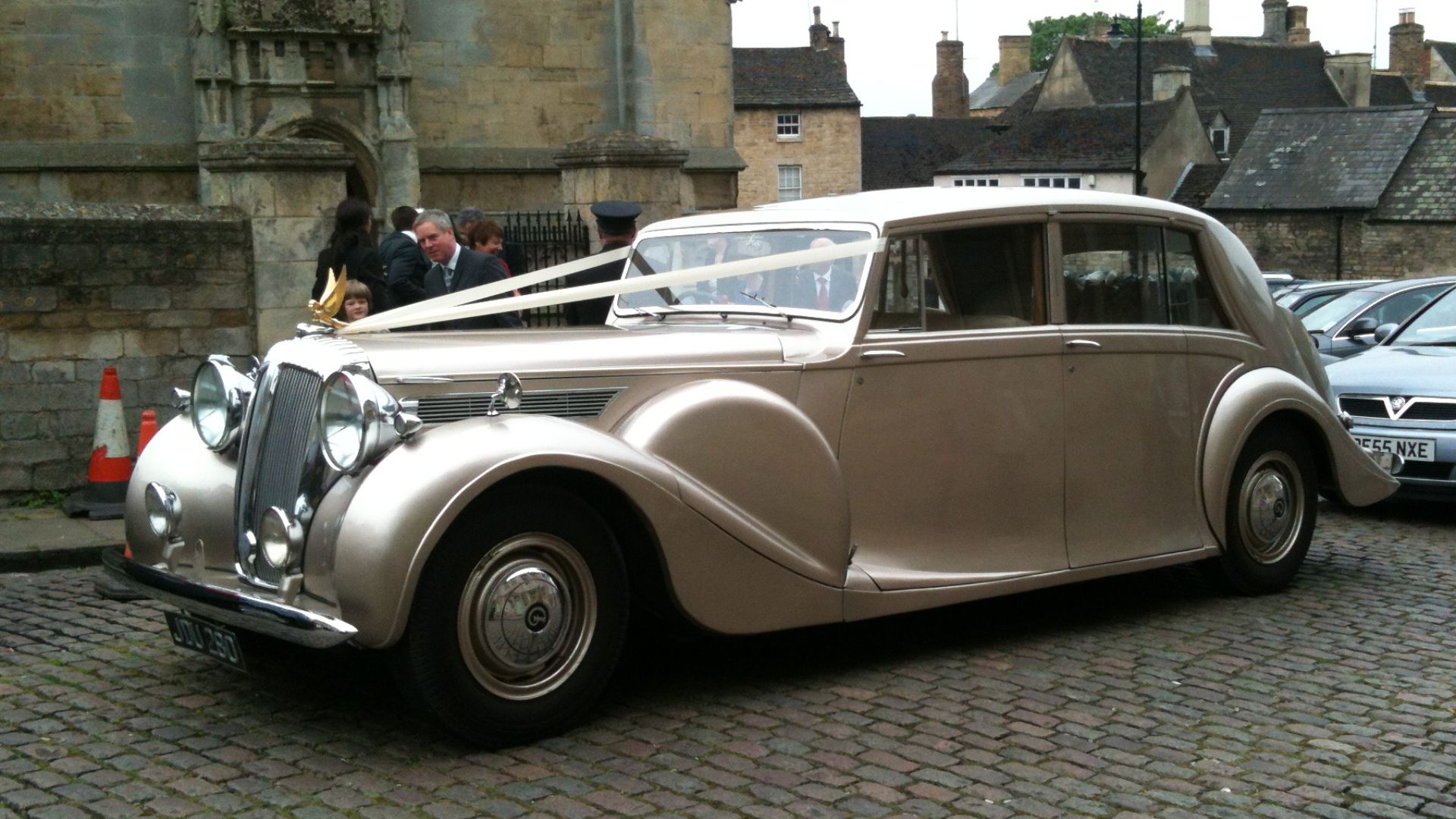 Mark Warrick, Wikimedia Commons
Mark Warrick, Wikimedia Commons
1949 Volkswagen Beetle
Although the Beetle was first introduced in Germany, it rose to fame in the post-bellum era due to its distinctive design and fuel efficiency. Despite its compact size, it provided a surprisingly spacious interior, while its air-cooled rear engine enhanced both practicality and durability.
1942 Cadillac Series 62 Convertible
This convertible offered a mix of performance and comfort, appealing to style-conscious buyers. The 1942 Cadillac Series 62 Convertible included a 346 cubic-inch V8 engine and a traditional soft-top. Its luxurious design included advanced instrumentation and premium upholstery.
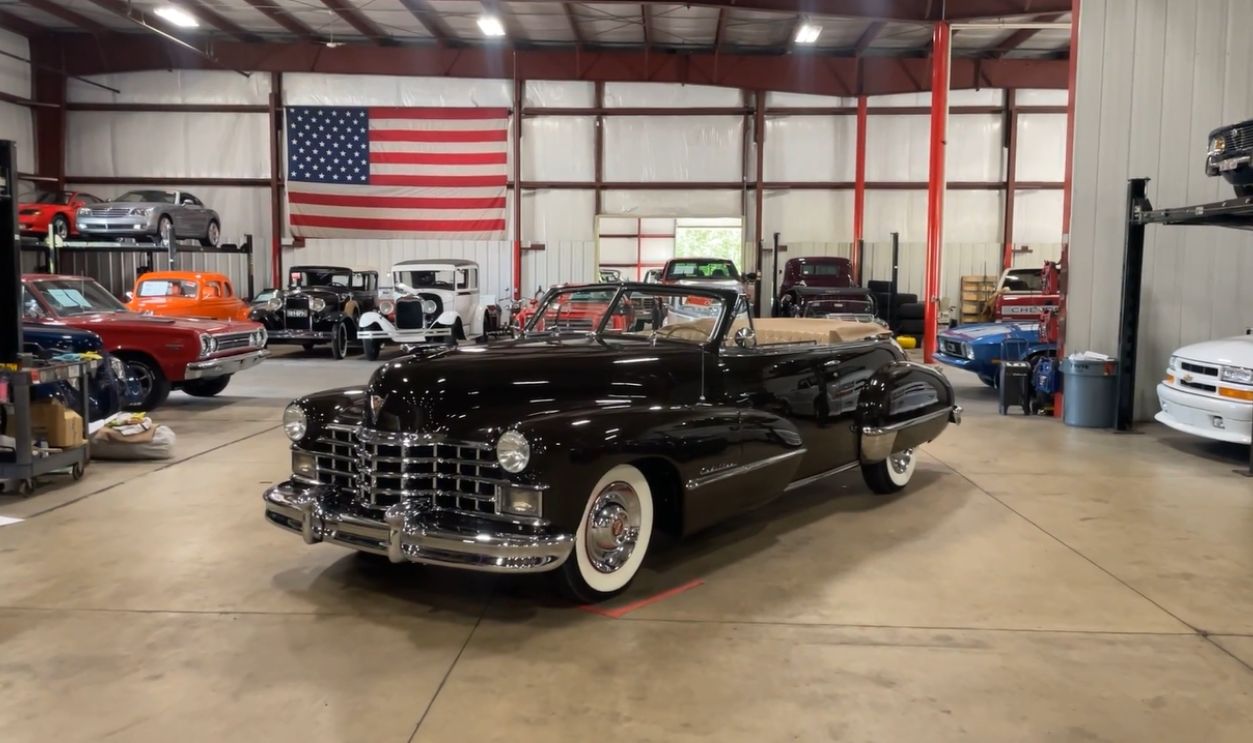 1942 Cadillac Series 62 For Sale - Walk Around by GR Auto Gallery
1942 Cadillac Series 62 For Sale - Walk Around by GR Auto Gallery
1948 Talbot-Lago T26 Grand Sport
With a remarkable top speed of 125 mph and 190 horsepower, the Talbot-Lago T26 Grand Sport—evolved from the T26 Course Grand Prix racer—was impossible to overlook. Its blend of racing pedigree and breathtaking design quickly earned it a legendary reputation.
1946 Cadillac Series 62
The 1946 Cadillac Series 62 featured updated styling with a 346 cubic-inch V8 engine. It sported a redesigned interior with luxurious materials and improved ergonomics. This model marked Cadillac’s postwar revival and remains an example of classic American luxury.
1946 Lincoln Continental
Its design offered enhanced safety features and a smoother ride with refined interior appointments. The 1946 Lincoln Continental established new benchmarks in luxury during the post-bellum era. It featured a 305 cubic-inch V12 engine and reinforced frame.
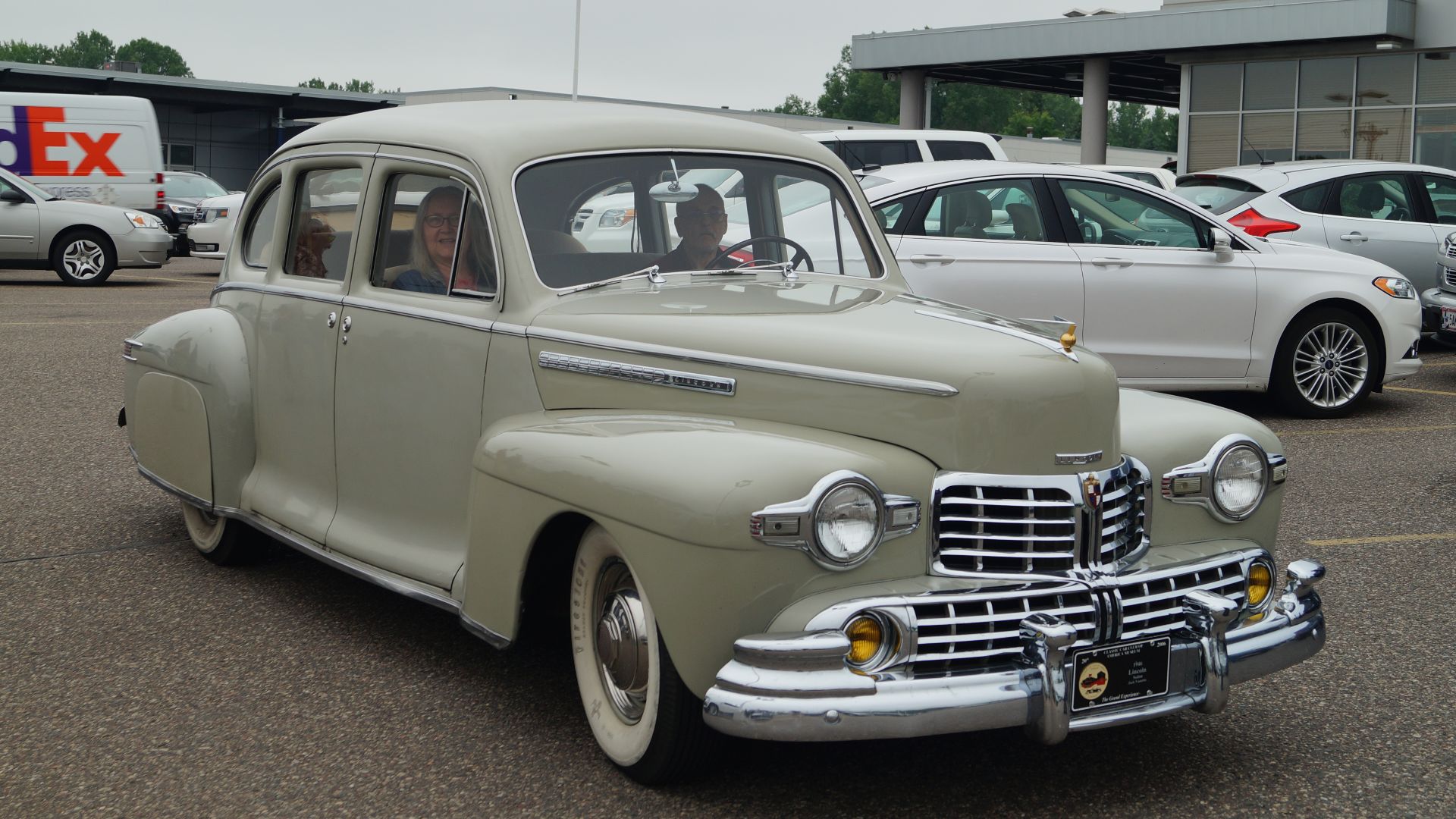 Greg Gjerdingen from Willmar, USA, Wikimedia Commons
Greg Gjerdingen from Willmar, USA, Wikimedia Commons
1948 Delahaye 175 S
Thanks to its elegant cabriolet bodywork, graceful lines, extended wheelbase, and classic wire wheels, the Delahaye 175 S appears tailor-made for auto shows. The bodywork was expertly crafted by Henri Chapron, and its striking design remains undeniable.
1947 Nash Ambassador
The 1947 Nash Ambassador featured a 234.8 cubic-inch inline-six engine and distinctive curved body panels. Its interior offered improved space and comfort. This model was noted for innovative design elements and quality materials, making it a respected choice among luxury automobiles.
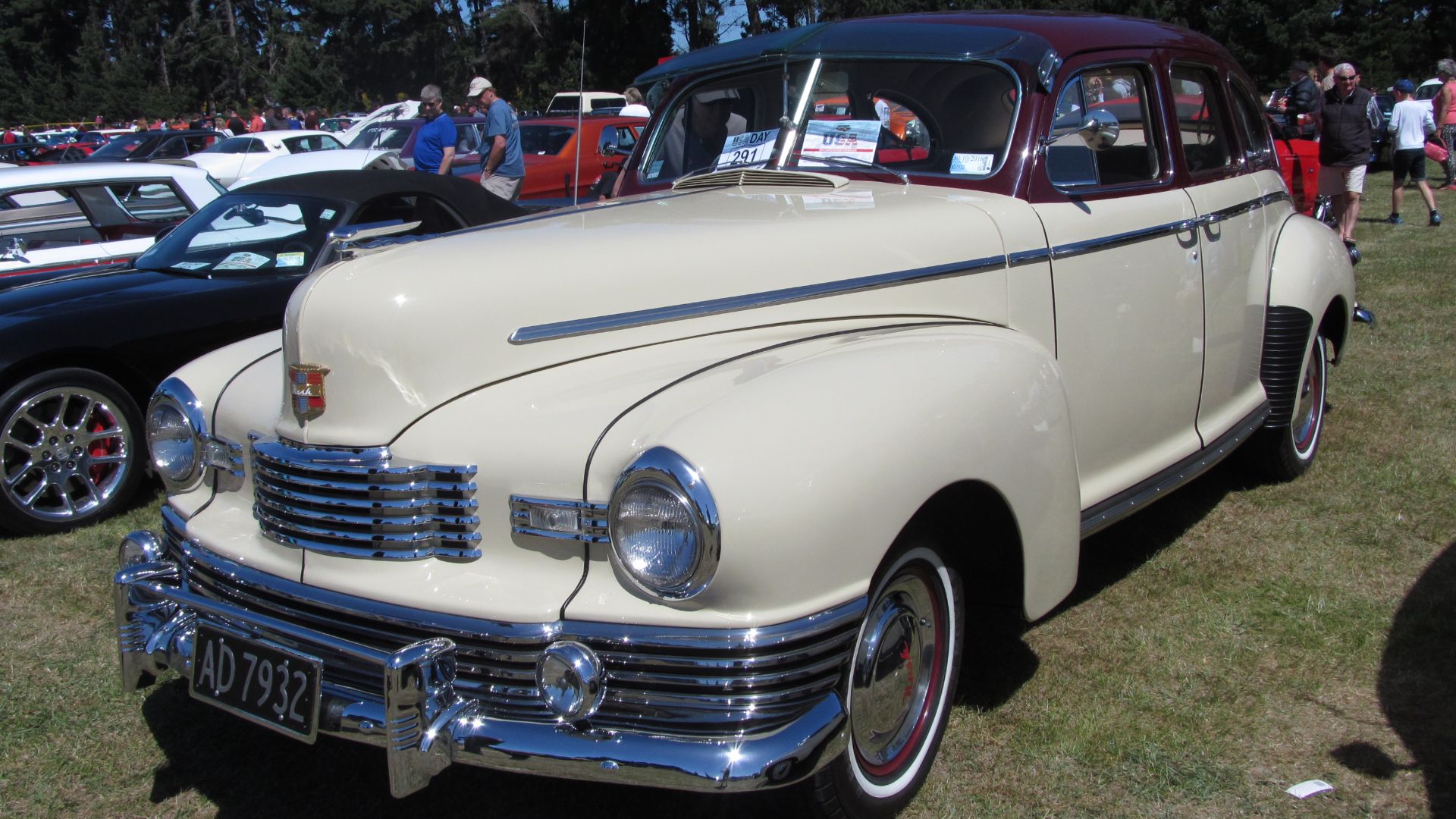 Riley from Christchurch, New Zealand, Wikimedia Commons
Riley from Christchurch, New Zealand, Wikimedia Commons
1947 Studebaker Champion
It had a 169.9 cubic-inch inline-six engine and a completely redesigned body with flat front fenders in the ponton style. The 1947 Studebaker Champion’s emphasis on durability and ease of maintenance provided reliable performance and made it a practical choice for postwar families.
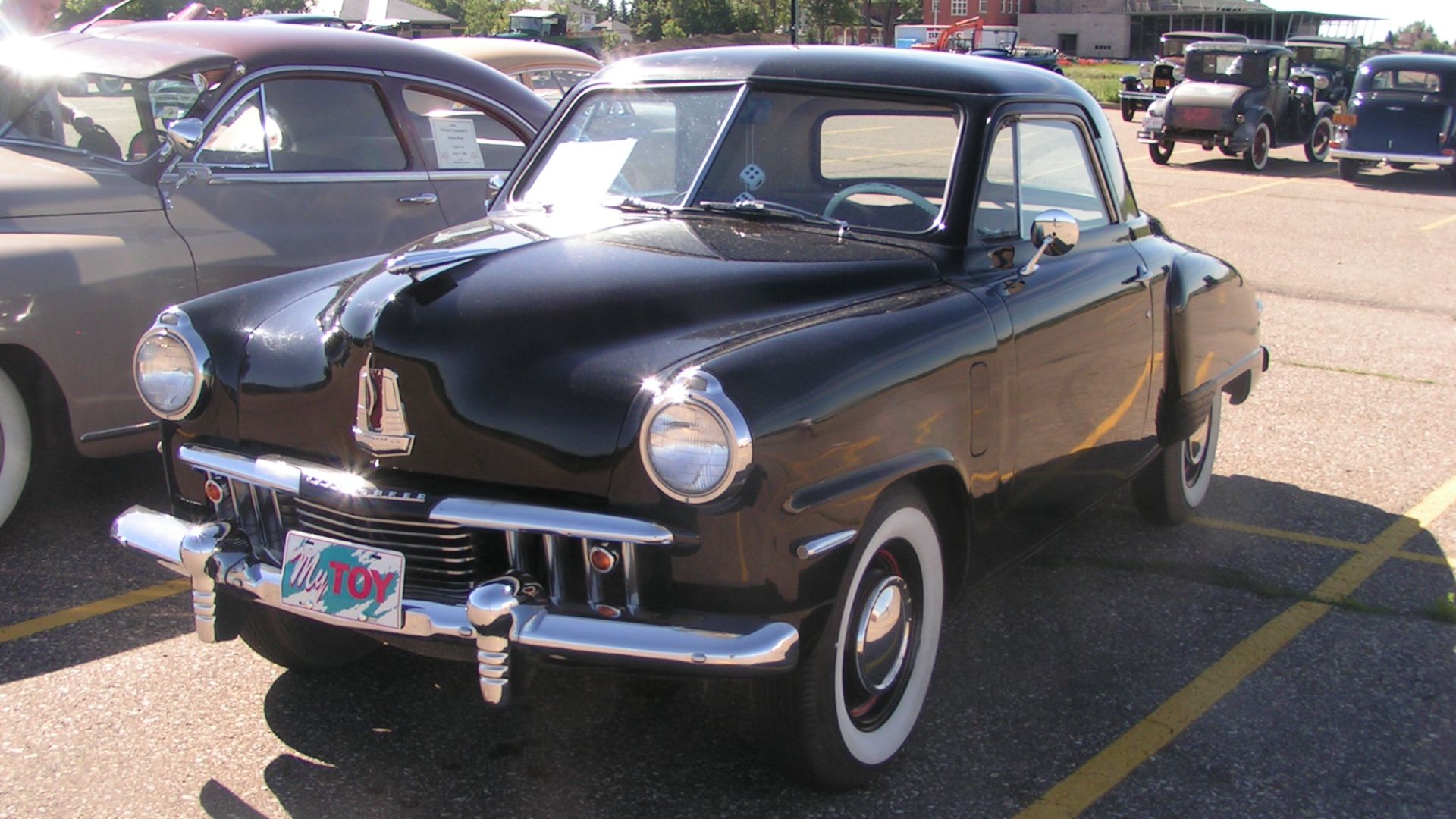 dave_7 from Lethbridge, Canada, Wikimedia Commons
dave_7 from Lethbridge, Canada, Wikimedia Commons
1947 Ford Super DeLuxe Sportsman Convertible
Only 2,250 units were produced of the 1947 Ford Super DeLuxe Sportsman Convertible, making it a highly sought-after rare classic car. Its elegant design features wood body panels crafted from maple, birch, and mahogany.
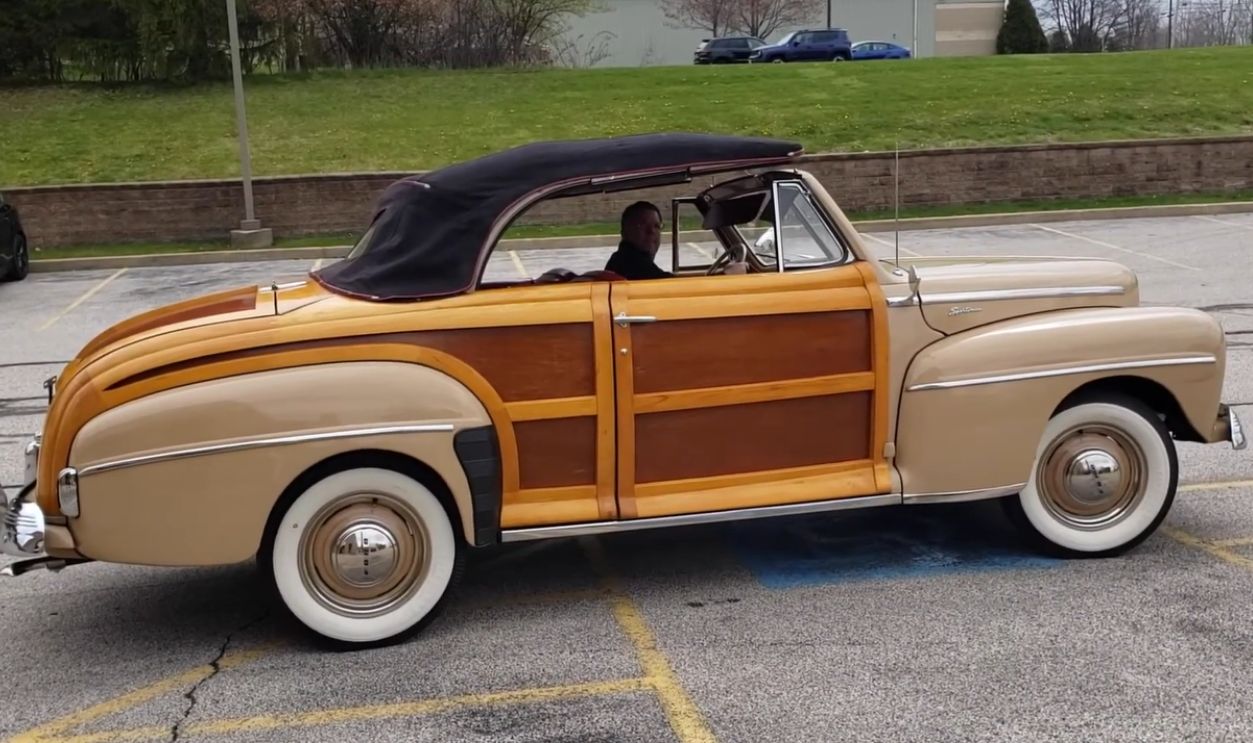 1947 Ford Sportsman Top & Window Demo by Harwood Motors
1947 Ford Sportsman Top & Window Demo by Harwood Motors
1946 Buick Roadmaster
A classic American luxury car, The 1946 Buick Roadmaster included a 320.2 cubic inch inline-eight engine that delivered 144 horsepower. The Roadmaster rode on a 129-inch wheelbase and offered a spacious and comfortable interior. In 1946, Buick produced 31,398 Roadmasters, with the four-door sedan being the most popular model.
1941 Chevrolet Fleetline
The 1941 Chevrolet Fleetline was a classic American car with a 216 cubic inch inline-six "Blue Flame" engine that generated 90 horsepower at 3,300 rpm. This vehicle was offered in two body styles: the four-door Sport Master sedan and the two-door Aerosedan fastback.
1949 Mercury Eight
With its sleek design and strong flathead V8 engine, the Mercury Eight gained massive popularity in the late 1940s. It was specifically modified when James Dean drove it in the film Rebel Without a Cause.
1946 Plymouth Special Deluxe
This classic American car featured a 217.8 cubic inch inline-six engine that gave 95 horsepower. The 1946 Plymouth Special Deluxe featured a 117-inch wheelbase that measured 196.75 inches in length. In 1946, Plymouth produced 31,399 units of the Special DeLuxe Business Coupe.
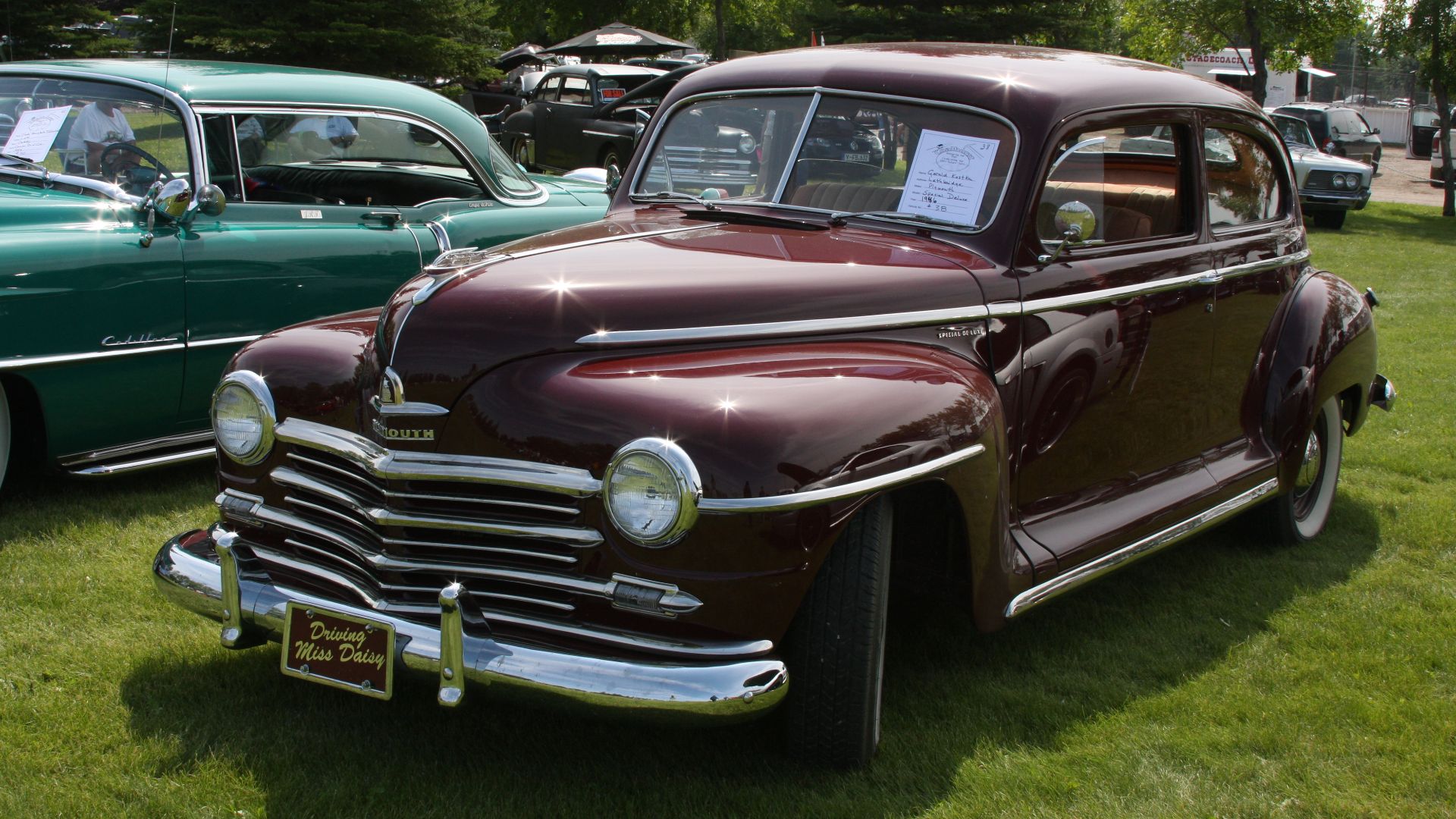 dave_7 from Lethbridge, Canada, Wikimedia Commons
dave_7 from Lethbridge, Canada, Wikimedia Commons
1947 MG TC
It was the first British sports car to capture widespread attention in the US. The MG TC’s popularity highlighted a burgeoning market for nimble, European-style sports cars, prompting American manufacturers to develop their own models. Its spirited performance and open-top design made it a favorite among American drivers.
1948 Dodge Custom
The 1948 Dodge Custom was available in various body styles, including a four-door sedan with a 119.5-inch wheelbase and a length of 204.5 inches. This car had a 3.8-liter engine that delivered 102 horsepower.
1948 Chrysler New Yorker
Its interior offered a spacious cabin with improved seating and a modern dashboard, which reinforced its status in luxury automobiles. The 1948 Chrysler New Yorker came with a 323.5 cubic-inch inline-eight engine and retained its pre-war design with a 127.5-inch wheelbase.
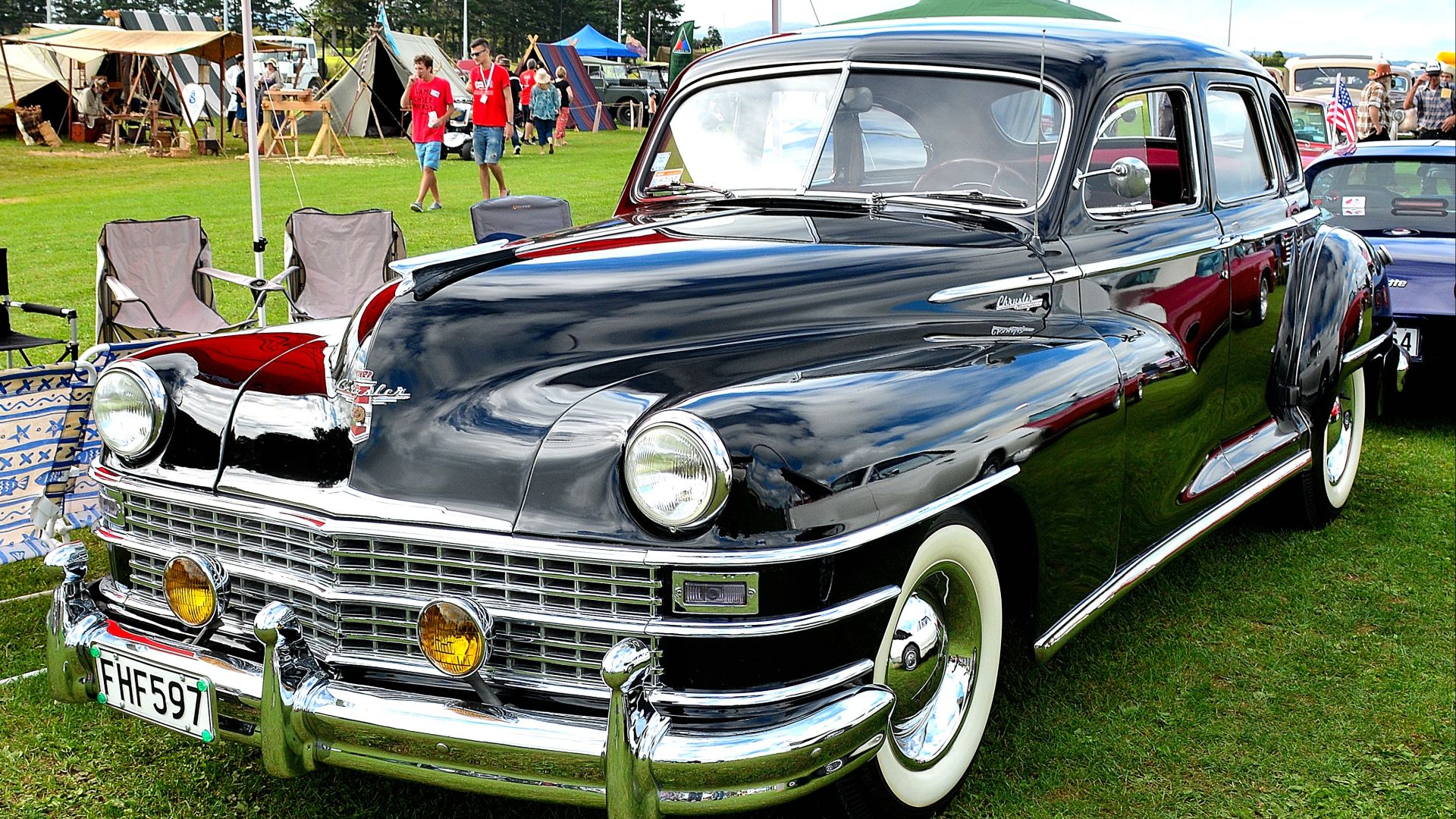 GPS 56 from New Zealand, Wikimedia Commons
GPS 56 from New Zealand, Wikimedia Commons
1940 Packard One-Twenty
The Packard One-Twenty made luxury more affordable and expanded Packard’s reach during the economically uncertain early 1940s. With its refined styling and dependable performance, it attracted buyers looking for sophistication without the premium price of a high-end luxury vehicle.
1949 Nash Airflyte
Thanks to a 234.8 cubic-inch inline-six engine and a futuristic, aerodynamic body, the 1949 Nash Airflyte became a hit. Its wind tunnel-tested design reduced wind resistance and improved fuel economy. The Airflyte challenged traditional styling norms and remains an influential model in Nash’s design legacy.
1948 Tucker 48
By the end of WW2, there was room for new car manufacturers. Although only 51 units were ever made, the Tucker 48—also called the “Tucker Torpedo”—gained fame for its innovative safety features, including a directional third headlight, along with its sleek, aerodynamic design.
1949 Oldsmobile Rocket 88
The Rocket 88 is widely regarded as the first muscle car, thanks to its potent V8 engine and lightweight body. Its performance appeal made it a favorite among enthusiasts and played a key role in shaping American car culture.
1941 Graham Hollywood
Standing out for its forward-thinking design, the Graham Hollywood incorporated bodywork from the discontinued Cord 810/812. Its streamlined, aerodynamic shape and optional supercharged engine made it an intriguing and sought-after car of its time, though its steep price and Graham’s financial struggles hindered its commercial success.
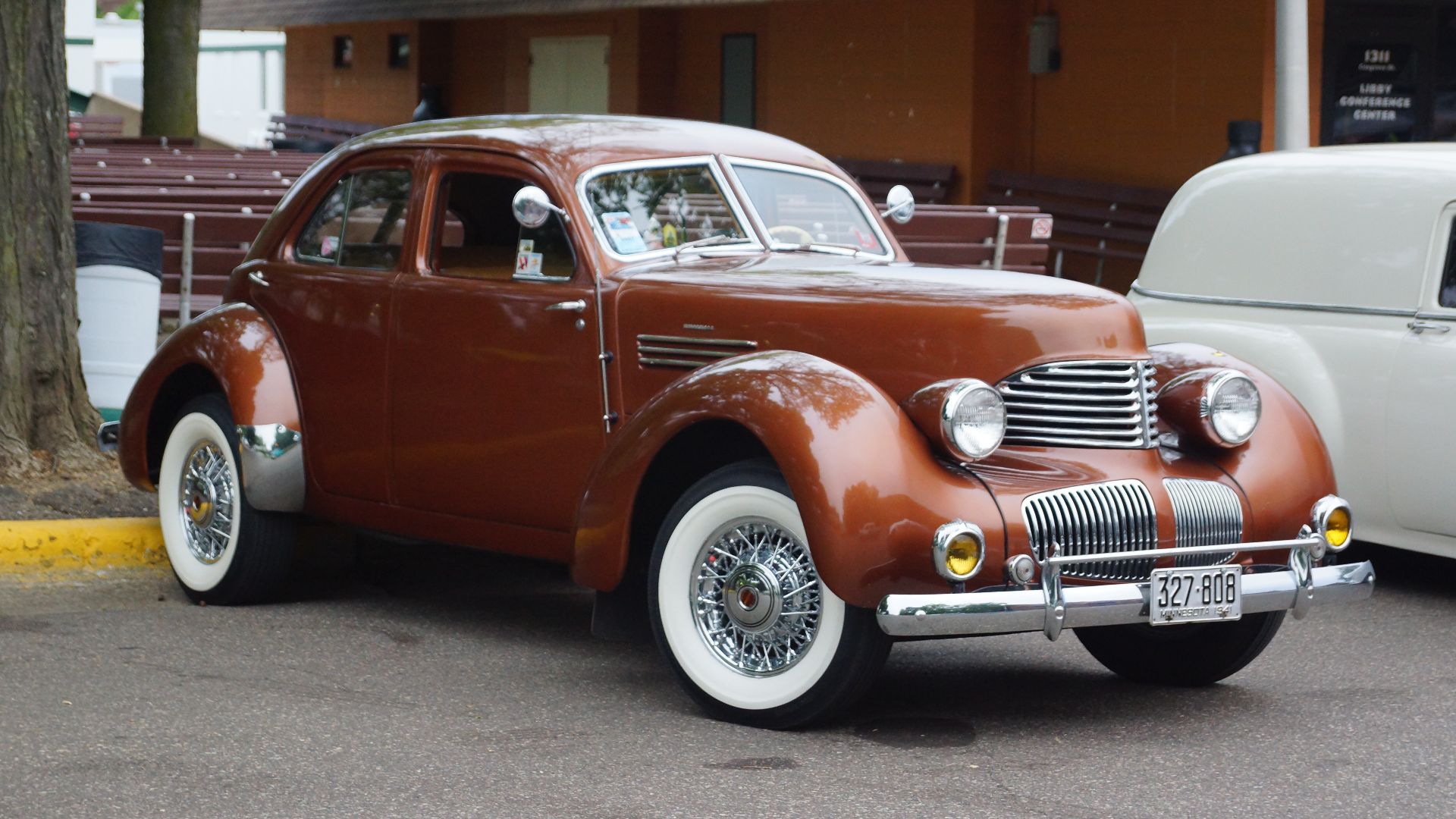 Greg Gjerdingen from Willmar, USA, Wikimedia Commons
Greg Gjerdingen from Willmar, USA, Wikimedia Commons
1947 Maserati A6 1500 Pininfarina
Revealed at the 1947 Geneva Motor Show, the Maserati A6 1500 Pininfarina took the public by surprise and became an instant sensation. Its minimalist yet refined Pininfarina bodywork was elegantly complemented by wheels featuring intertwined matte silver spokes and sleek chrome paintwork.
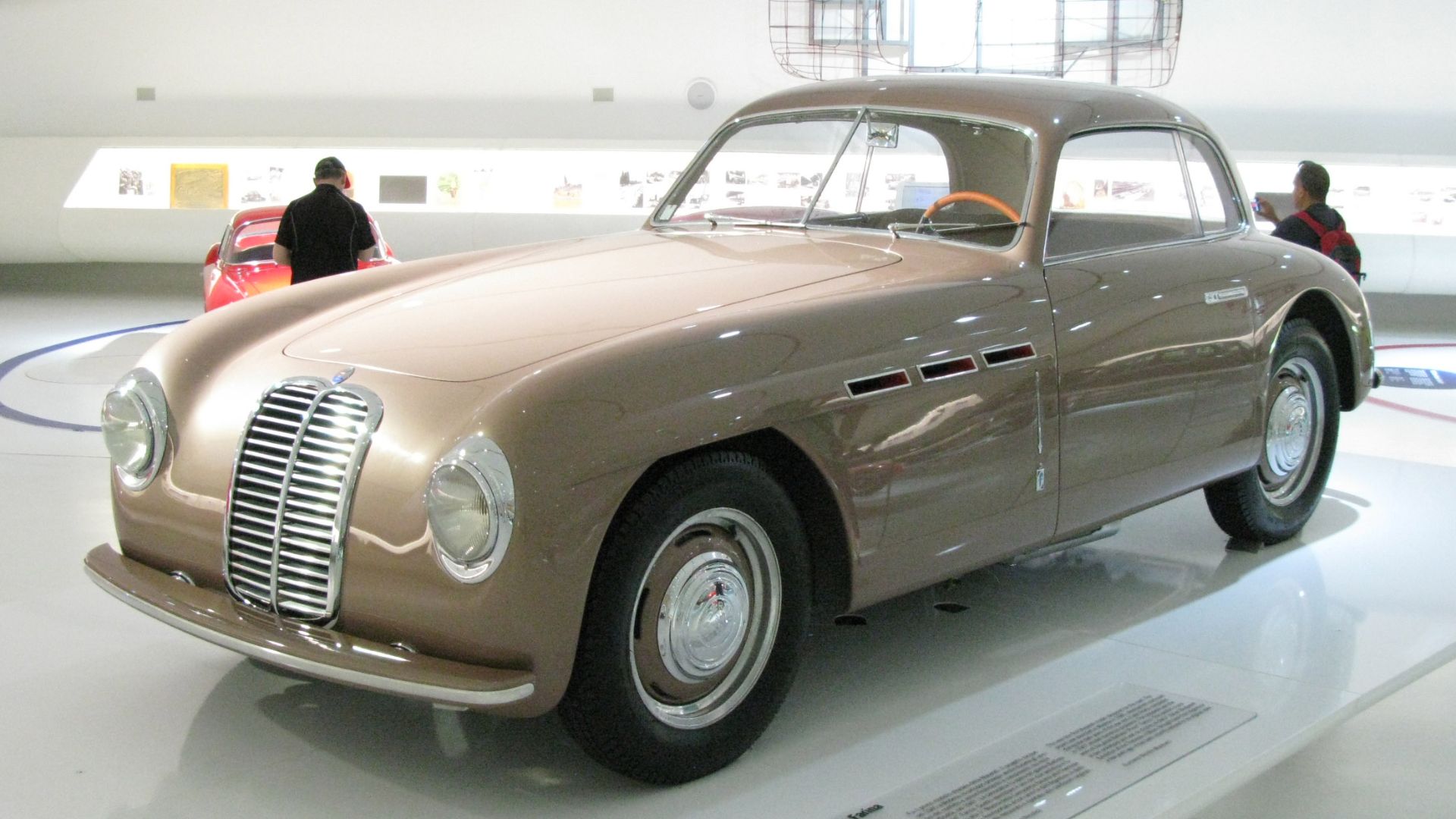 Herranderssvensson, Wikimedia Commons
Herranderssvensson, Wikimedia Commons
1946 Cisitalia 202
Introduced in 1946, this vehicle became one of Cisitalia’s most iconic models. The Cisitalia 202 was a road car derived from the custom-built D46, a race car that triumphed in the Brezzi Cup in Turin. Its chassis, designed by Pinin Farina, was meticulously handcrafted from aluminum, showcasing elegance and innovation.
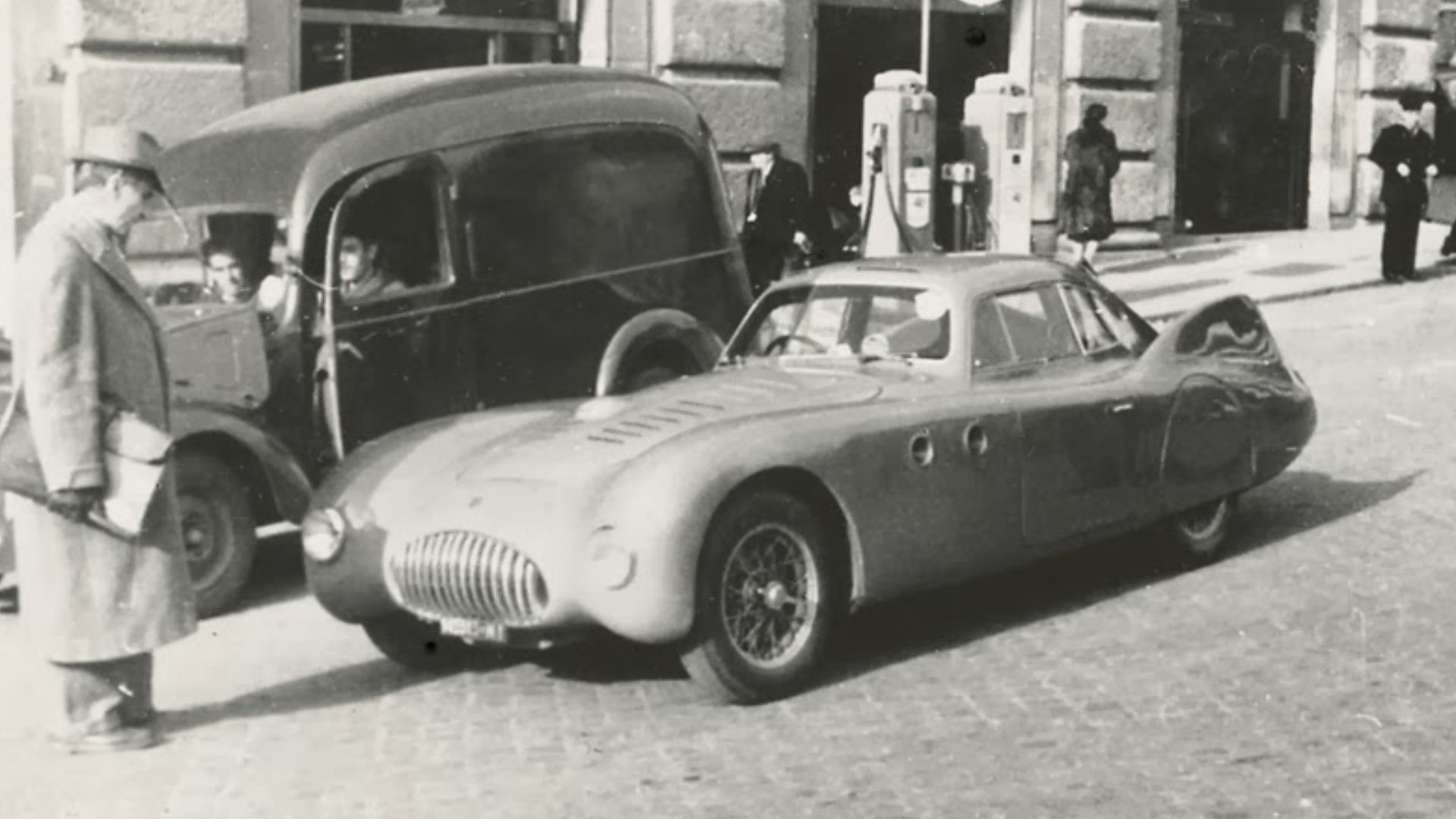 Unknown photographer, Wikimedia Commons
Unknown photographer, Wikimedia Commons
1949 Ford Club Coupe
The flowing, curvaceous lines of the Ford Club Coupe give little hint of its advanced engineering. Featuring a forward-mounted engine, modern driveshaft, integrated fenders, and independent front suspension, the Club Coupe set the standard for the future of American automobile design.
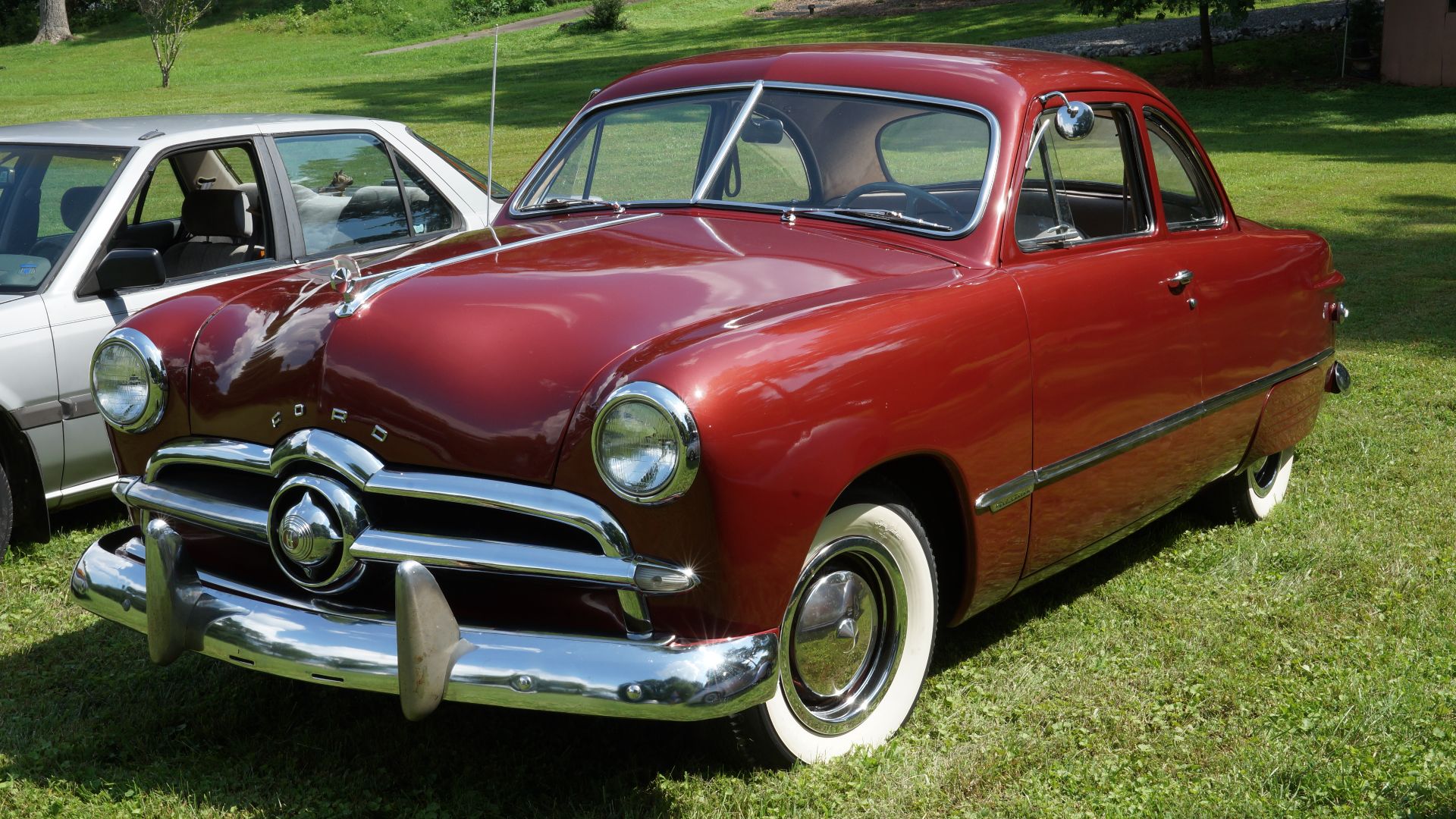 Richmond AACA, Wikimedia Commons
Richmond AACA, Wikimedia Commons
1948 Porsche 356 No 1
Designed by Ferdinand Porsche Jr, it was the very first production car to bear the Porsche name. The Porsche 356 No 1 is an iconic piece of automotive history. It carried design influences from Cisitalia, a company that was producing cars based on Porsche engineering and utilizing Fiat components.
1948 Ferrari 166 MM Zagato Panoramica
The Ferrari 166 MM was an iconic automobile, marking Enzo Ferrari’s first true sports car. With only 25 units produced, many of them secured Ferrari’s earliest international racing victories and cemented the brand’s reputation as a serious contender in motorsports.
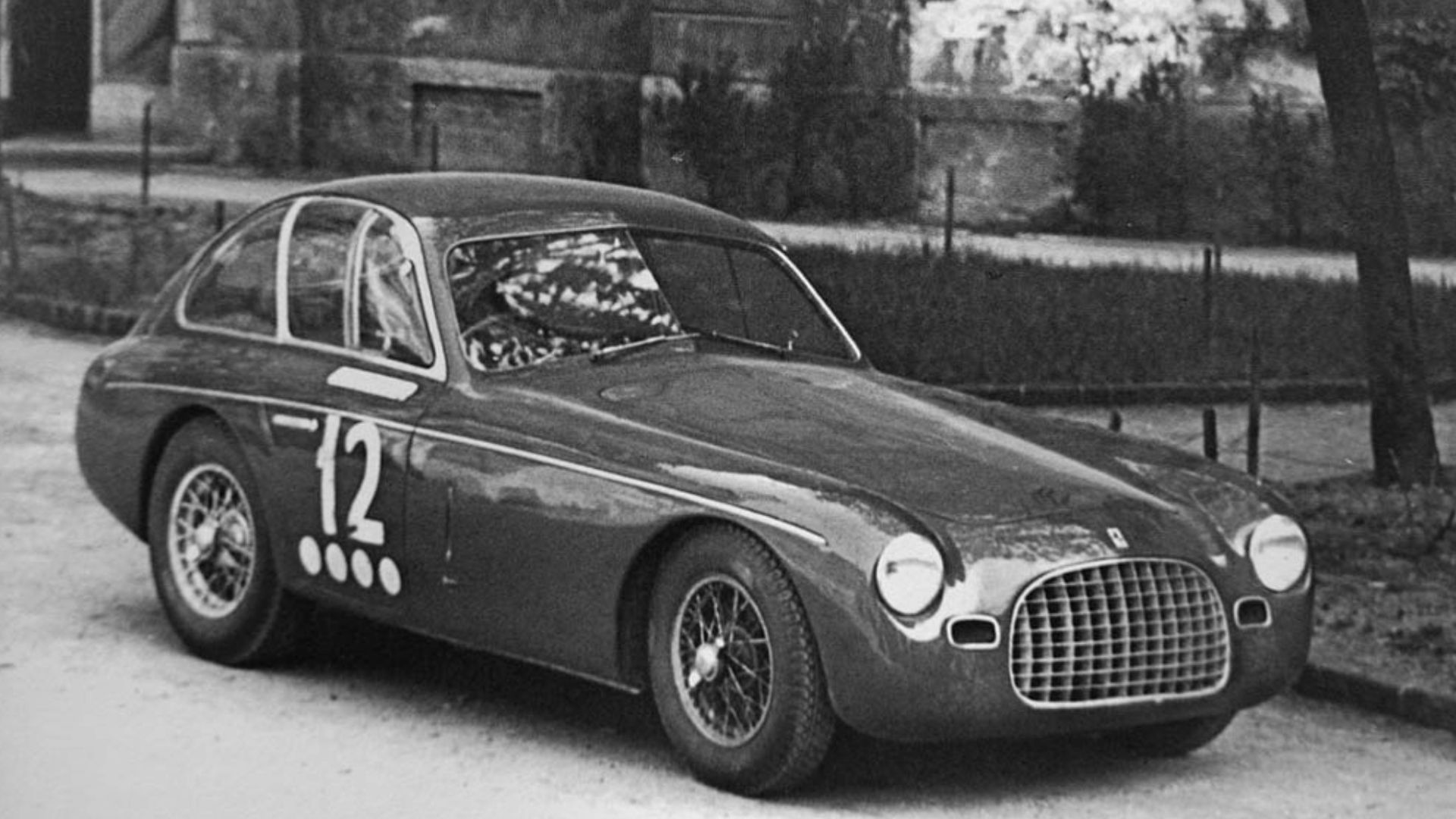 Unknown photographer, Wikimedia Commons
Unknown photographer, Wikimedia Commons
1941 Hudson Commodore
Debuting in 1941, the Commodore series included the standard Commodore and the Commodore Custom. They were built on a 121-inch wheelbase, with the Custom offering an extended 128-inch wheelbase for sedans. The Commodore featured a forward-hinged hood that opened from the rear, sliding the front end down over the grille.
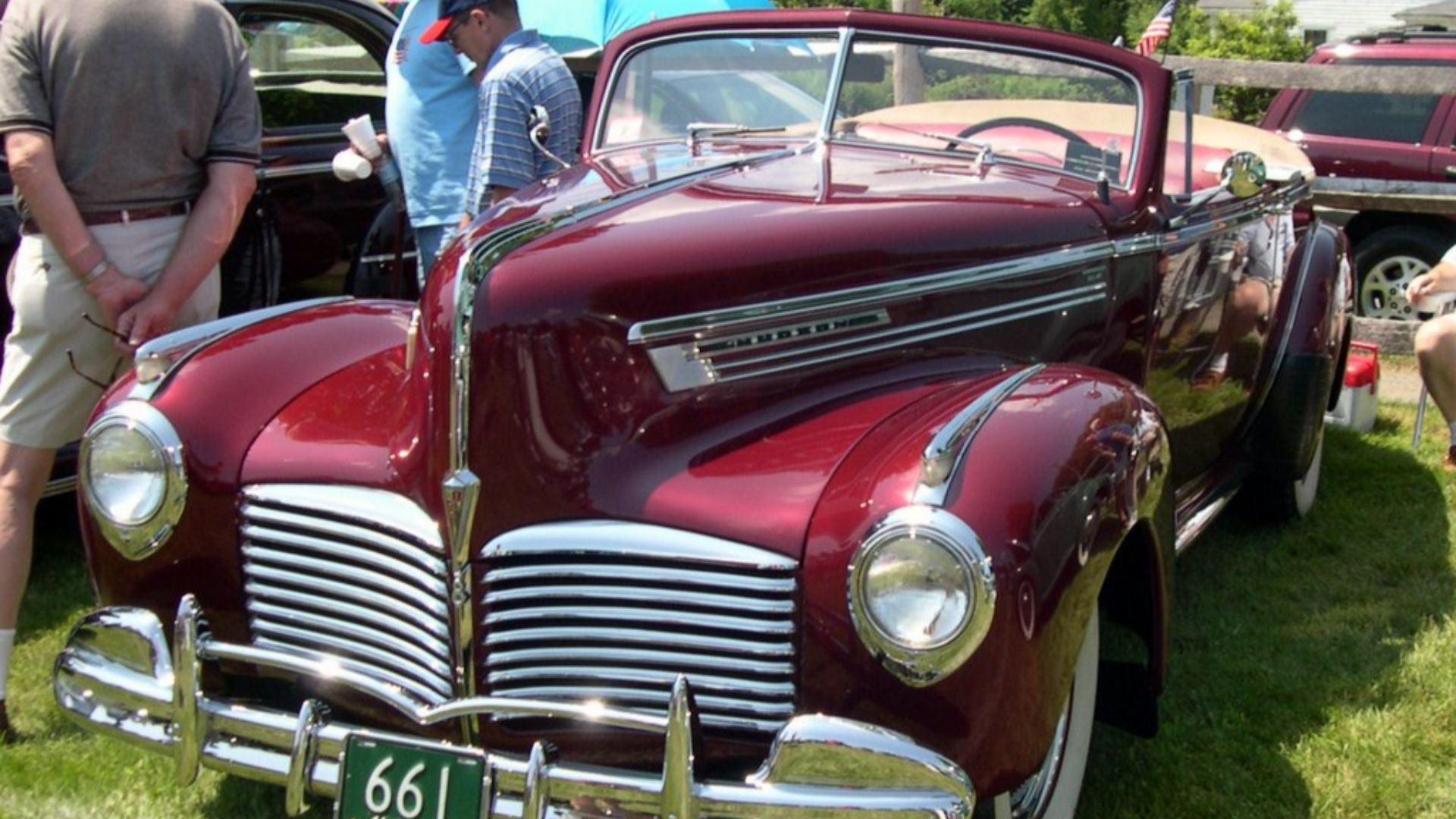 Stephen Foskett (Wikipedia User: sfoskett), Wikimedia Commons
Stephen Foskett (Wikipedia User: sfoskett), Wikimedia Commons
Norman E Timbs Buick Streamliner
The Norman E Timbs Buick Streamliner had one of the most visually enthralling designs of the decade—an undeniable icon. Its handcrafted aluminum body and flowing, aerodynamic lines with a flawless chrome finish make it one of the most stunning classic cars ever created.
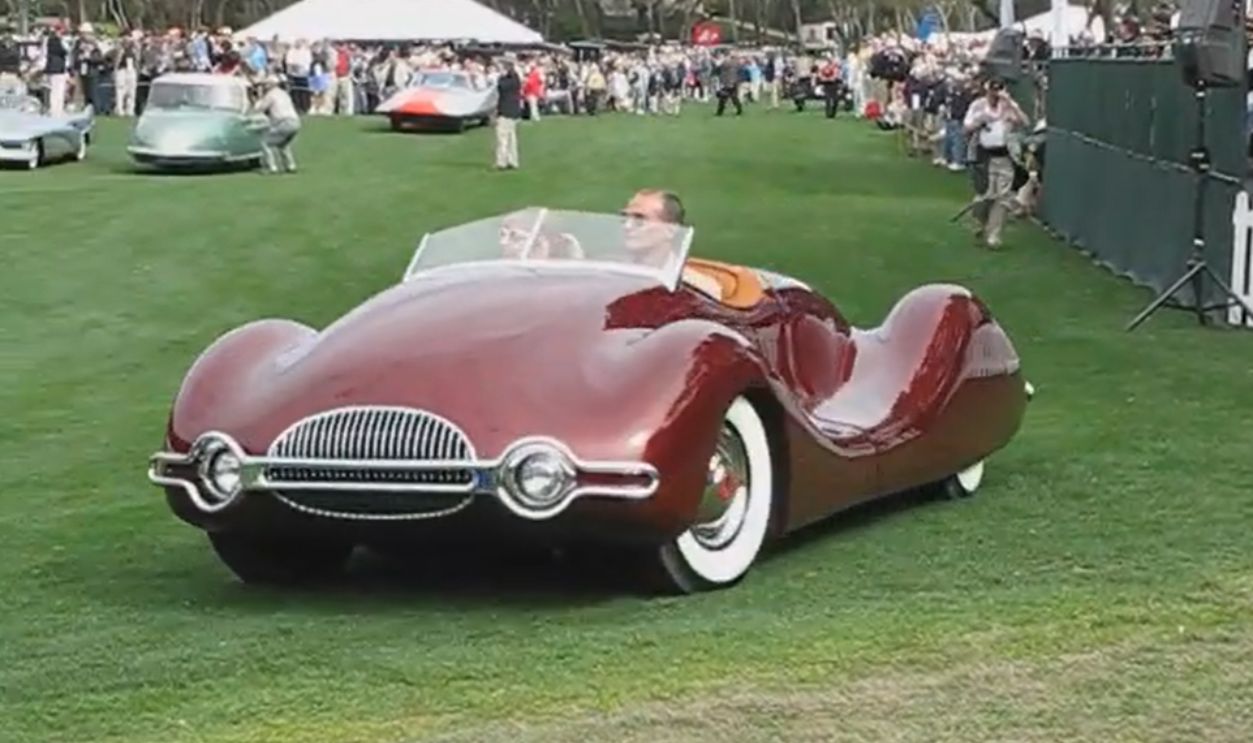 1948 Timbs Special by Alexander1485
1948 Timbs Special by Alexander1485
1947 Kaiser Special
It was a classic American car introduced by the Kaiser-Frazer Corporation in August 1946. Kaiser Special featured a 3.7-liter inline-six engine producing 100 horsepower. The four-door sedan showcased one of the first pontoon-style bodies in the US, with a split front windshield and front-hinged doors.
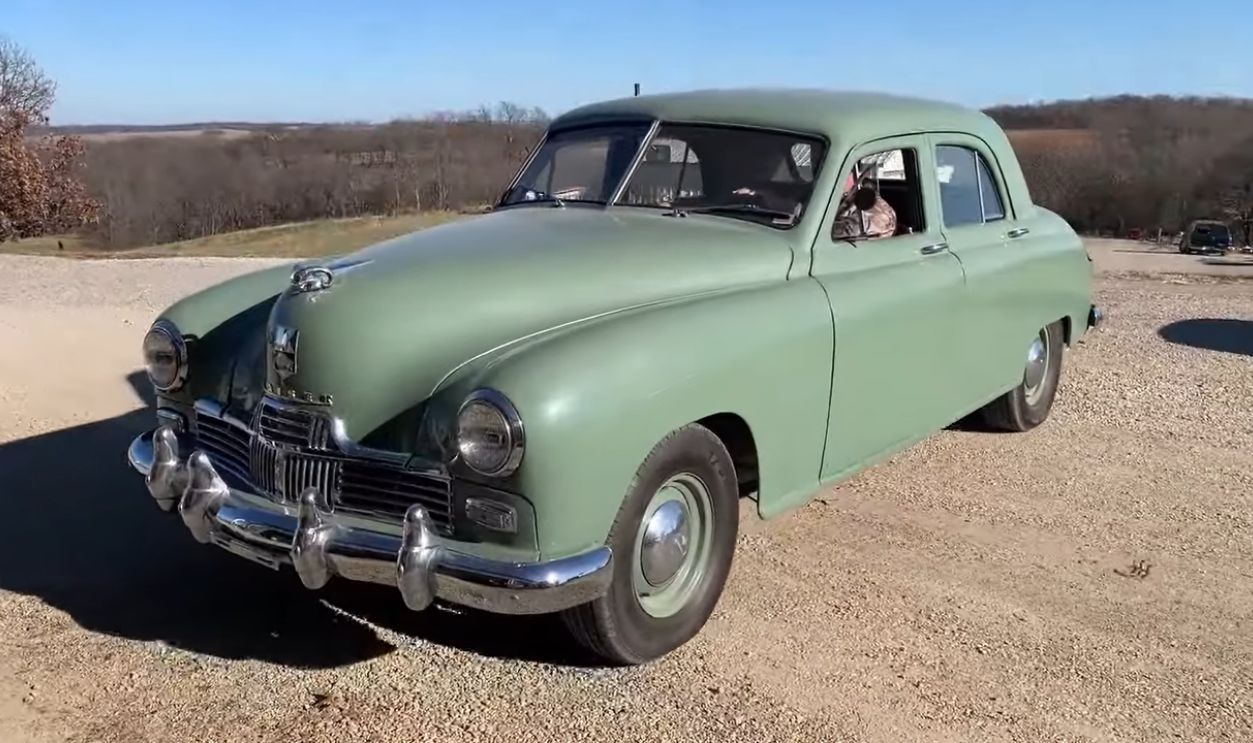 1947 Kaiser Special for sale at auction. by West Central Auction Company
1947 Kaiser Special for sale at auction. by West Central Auction Company
1942 Pontiac Streamliner
The Pontiac Streamliner left a lasting impression with its smooth, aerodynamic styling. It utilized General Motors' B-body platform and was primarily offered in a fastback design, except for the station wagon variant. It reflected the era’s passion for aerodynamic styling and increased efficiency.
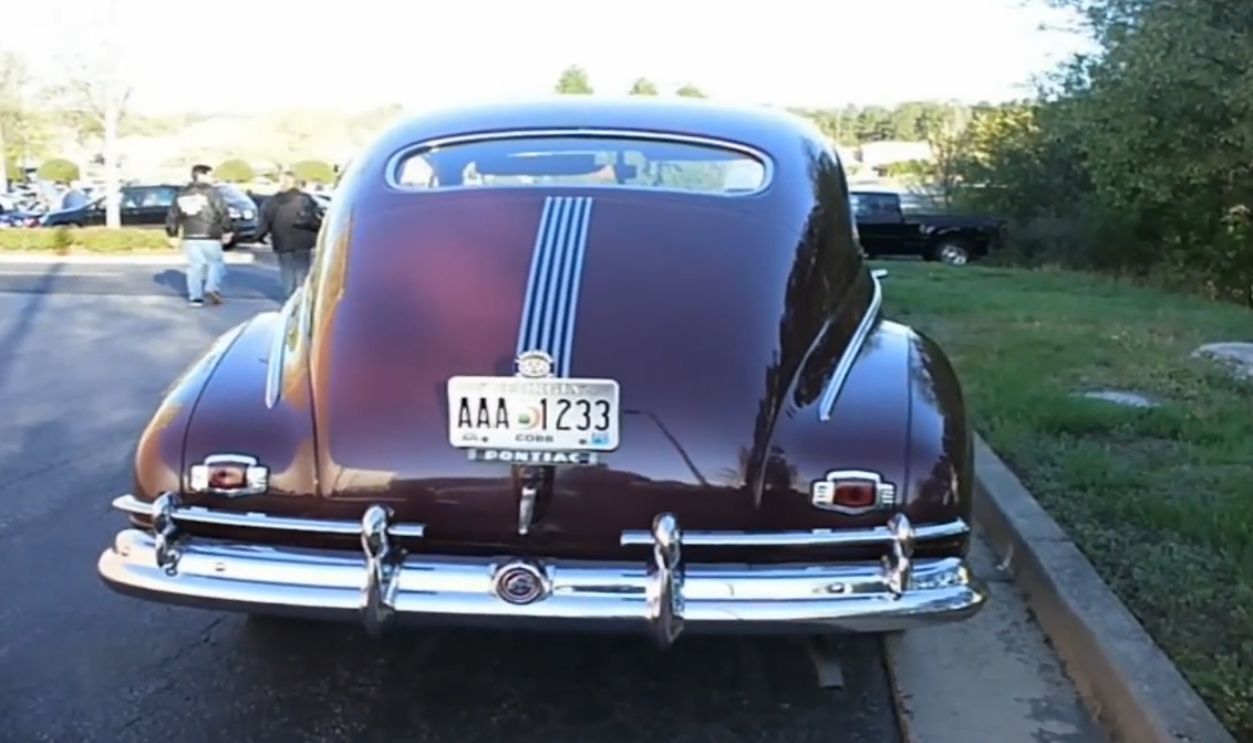 1942 1942 Pontiac Streamliner by Miguel Caparros
1942 1942 Pontiac Streamliner by Miguel Caparros
1949 Alfa Romeo 6C 2500 ‘Villa D’Este’
With its graceful lines and potent 2,443 cc six-cylinder engine, the Alfa Romeo 6C 2500 ‘Villa D’Este’ highlighted the essence of Italian automotive sophistication. The ‘Villa D’Este’ stood as a true masterpiece, seamlessly blending design and performance.
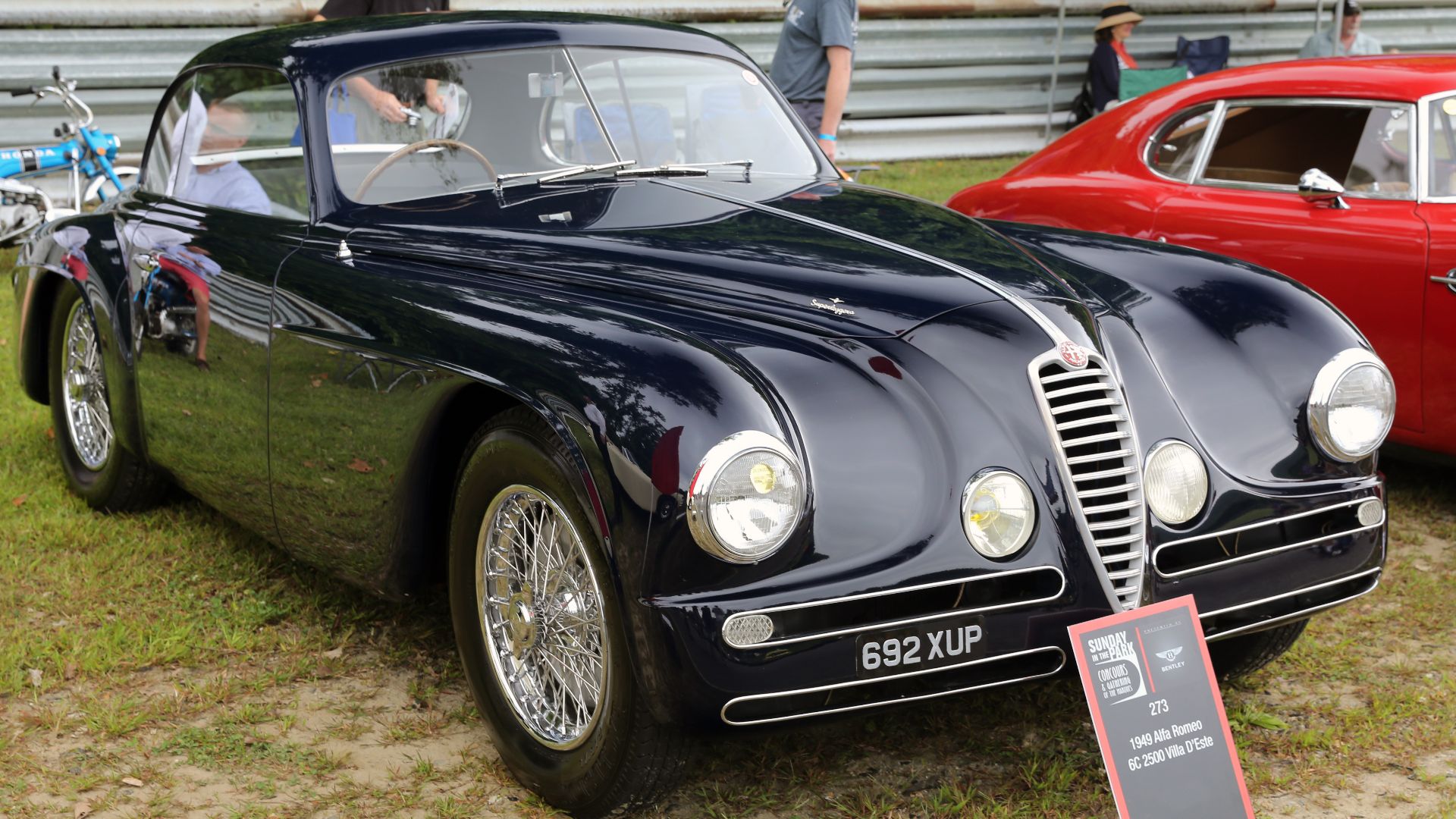 Mr.choppers, Wikimedia Commons
Mr.choppers, Wikimedia Commons
1948 Bristol 401
The Bristol 401 stood out with its innovative suspension system and impressive performance. Capable of reaching 97 mph and accelerating from 0 to 60 mph in just over 15 seconds, it was a remarkable achievement for a late 1940s automobile. This vehicle blended British engineering with sophisticated European design.
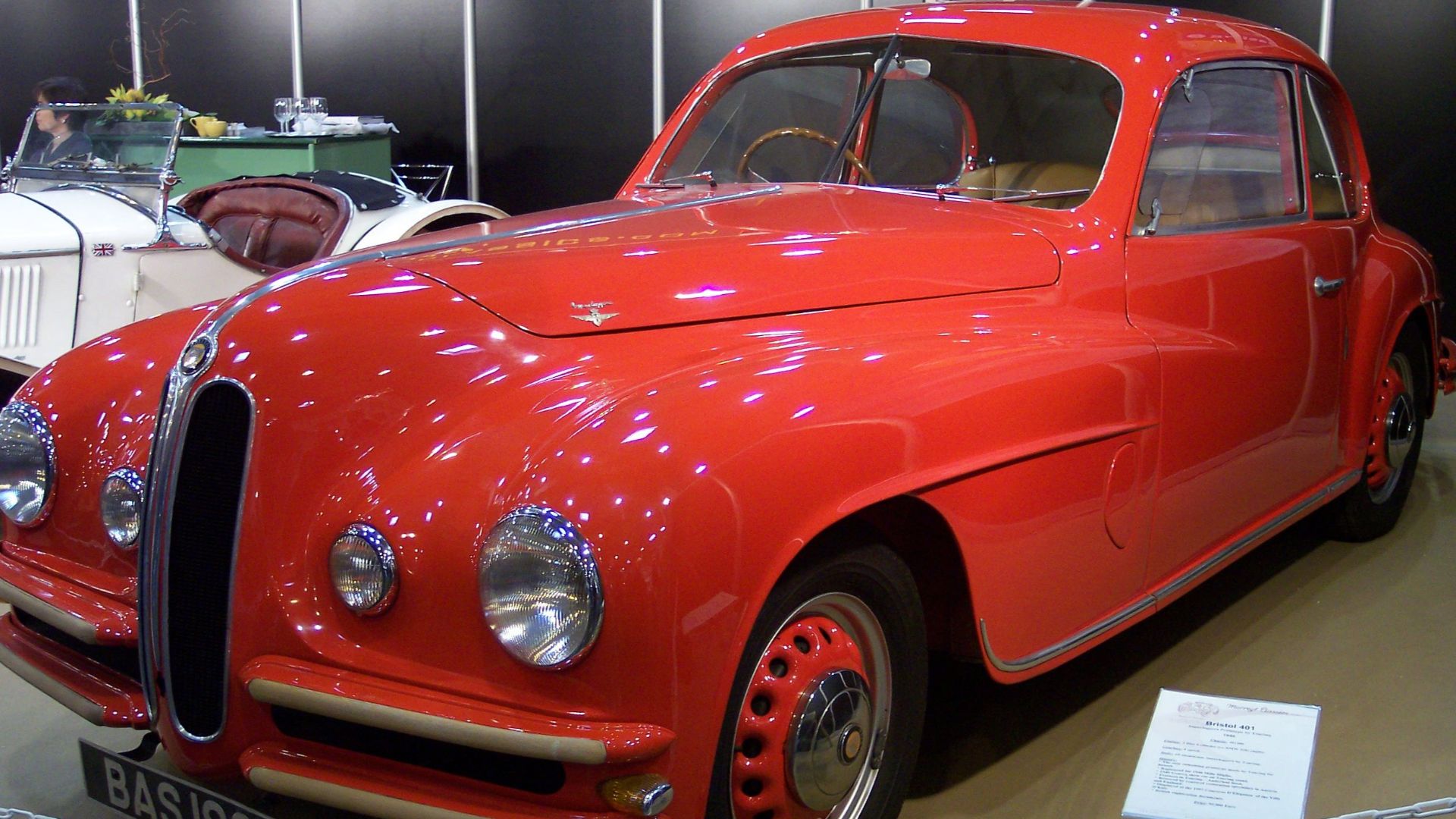 Stahlkocher, Wikimedia Commons
Stahlkocher, Wikimedia Commons
Rolls-Royce Silver Wraith
Launched in 1946, the Silver Wraith epitomized British luxury in the post-bellum years. With its lavish interiors and exceptionally smooth ride, it became a preferred choice among the elite, showcasing Rolls-Royce’s dedication to superior craftsmanship and refinement.
 Niels de Wit from Ede, The Netherlands, Wikimedia Commons
Niels de Wit from Ede, The Netherlands, Wikimedia Commons
1946 Triumph Roadster
The Triumph Roadster featured bold styling and competitive performance, aiming to rival other British sports cars of its time. Its distinctive look and lively driving experience made it a compelling choice for enthusiasts wanting both style and excitement.
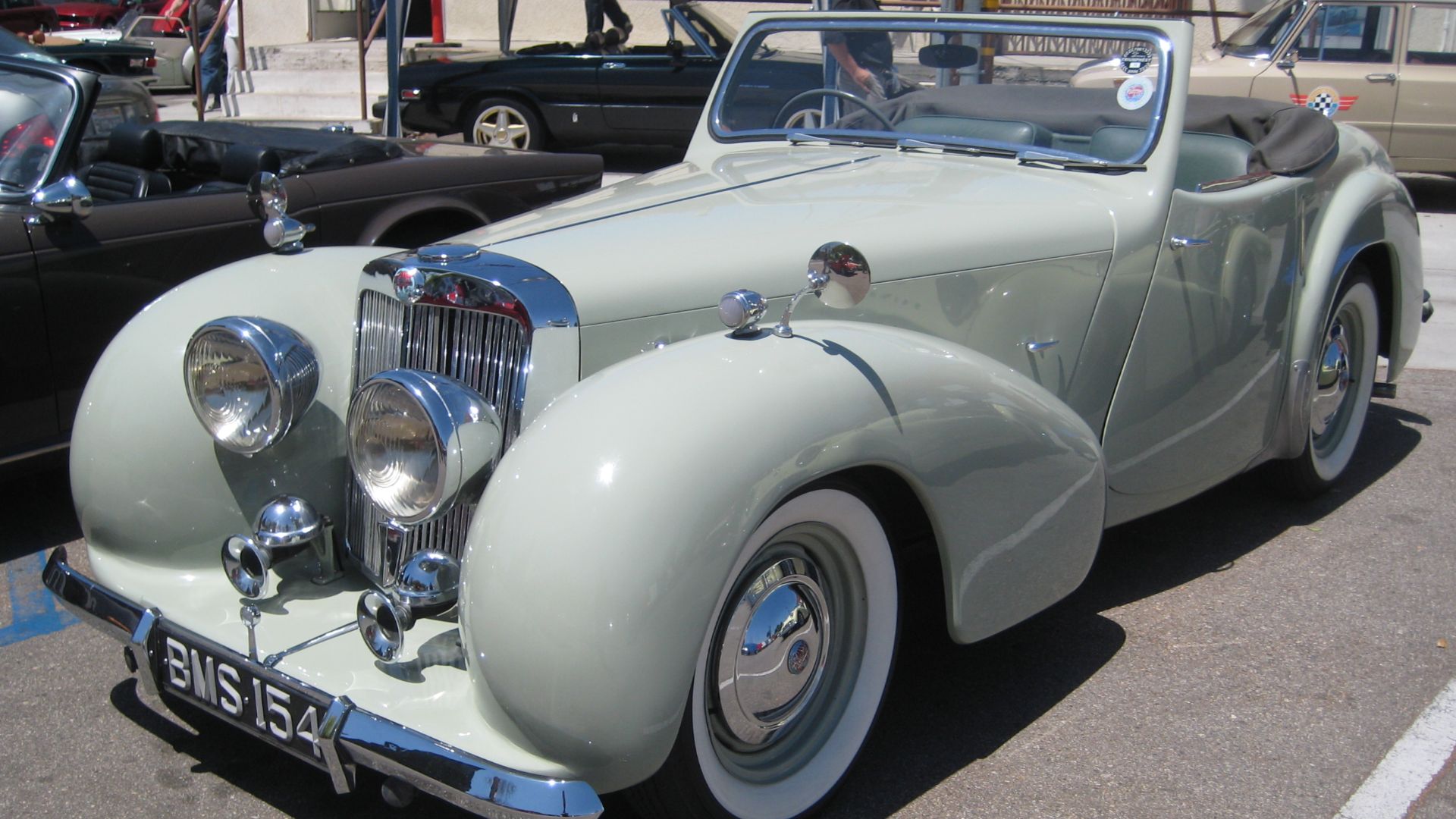 Ricardo Diaz, Wikimedia Commons
Ricardo Diaz, Wikimedia Commons
1949 Healey Silverstone
Securing victories in the Coupe des Alpes in 1949 and 1951, the Healey Silverstone was a nimble sports car designed for both road and track. Featuring an open design, it combined speed with sophistication for club racing.


